Australia was eagerly awaited destination. After half a year in Asia we were looking for a change. And we experienced it.
We were thinking it would be nice to land somewhere in the west and then find a way to the eastern coast. After some research how to hitchhike the distance, we found a website which offers campervan relocations.
Imagine the problem of car rental companies. They have offices all over the country. People pick a camper up in Melbourne and drop it off in Perth. Because some routes are more popular than the other, it happens that there is to many cars on one location and a lack of them on the other. To solve the issue, the companies are willing to rent a vehicle for free just that you take it to requested location within the time agreed. Expenses of gasoline still need to be covered by the driver, but it turns out a good deal anyway. Beauty mistake exist - time, as much as kilometres, are limited. So, we had 7 days for 3500 km from Perth to Melbourne. We were allowed to make a detour not exceeding 500 km on our own discretion. Following is the summary of that week :)
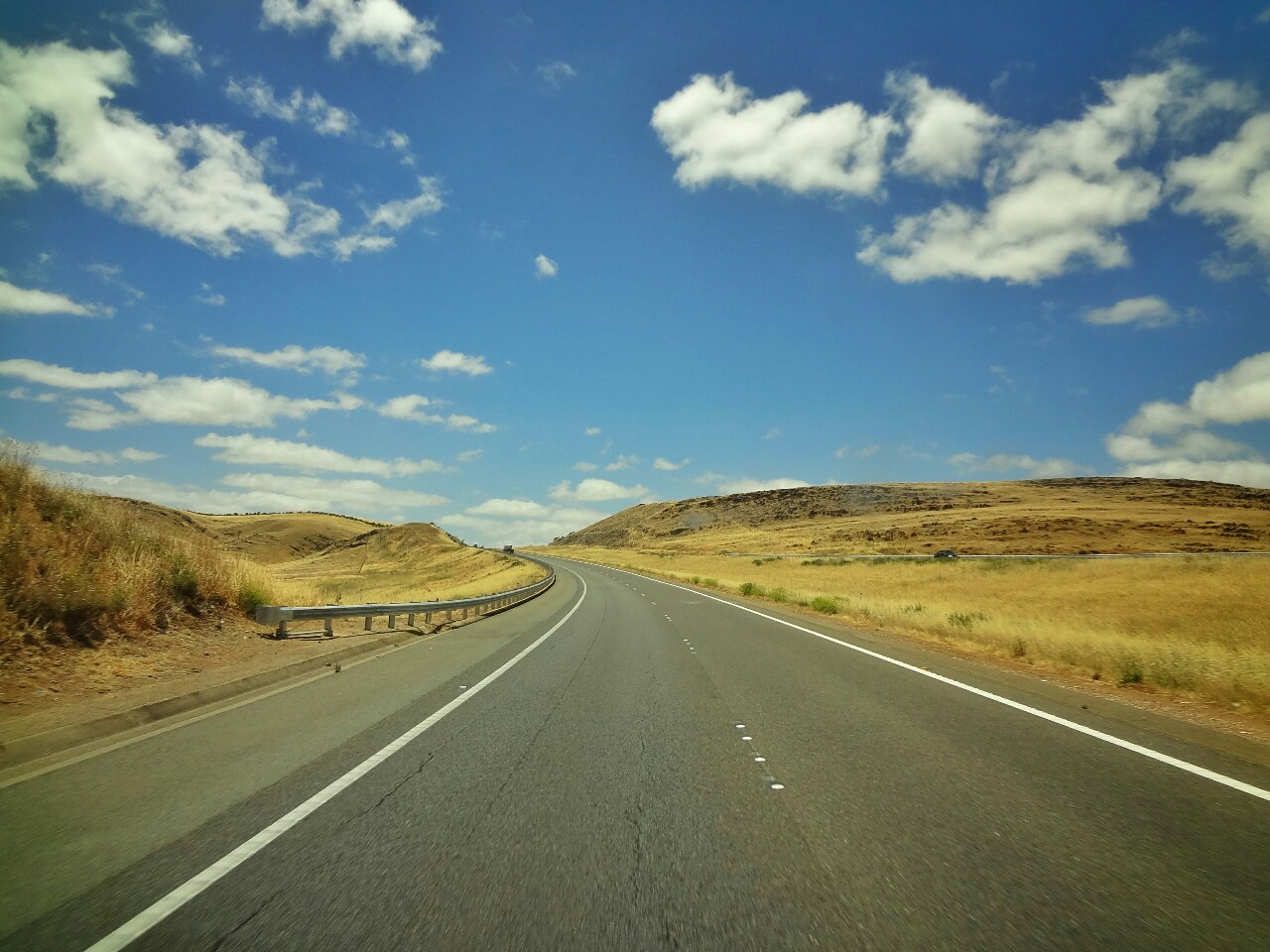
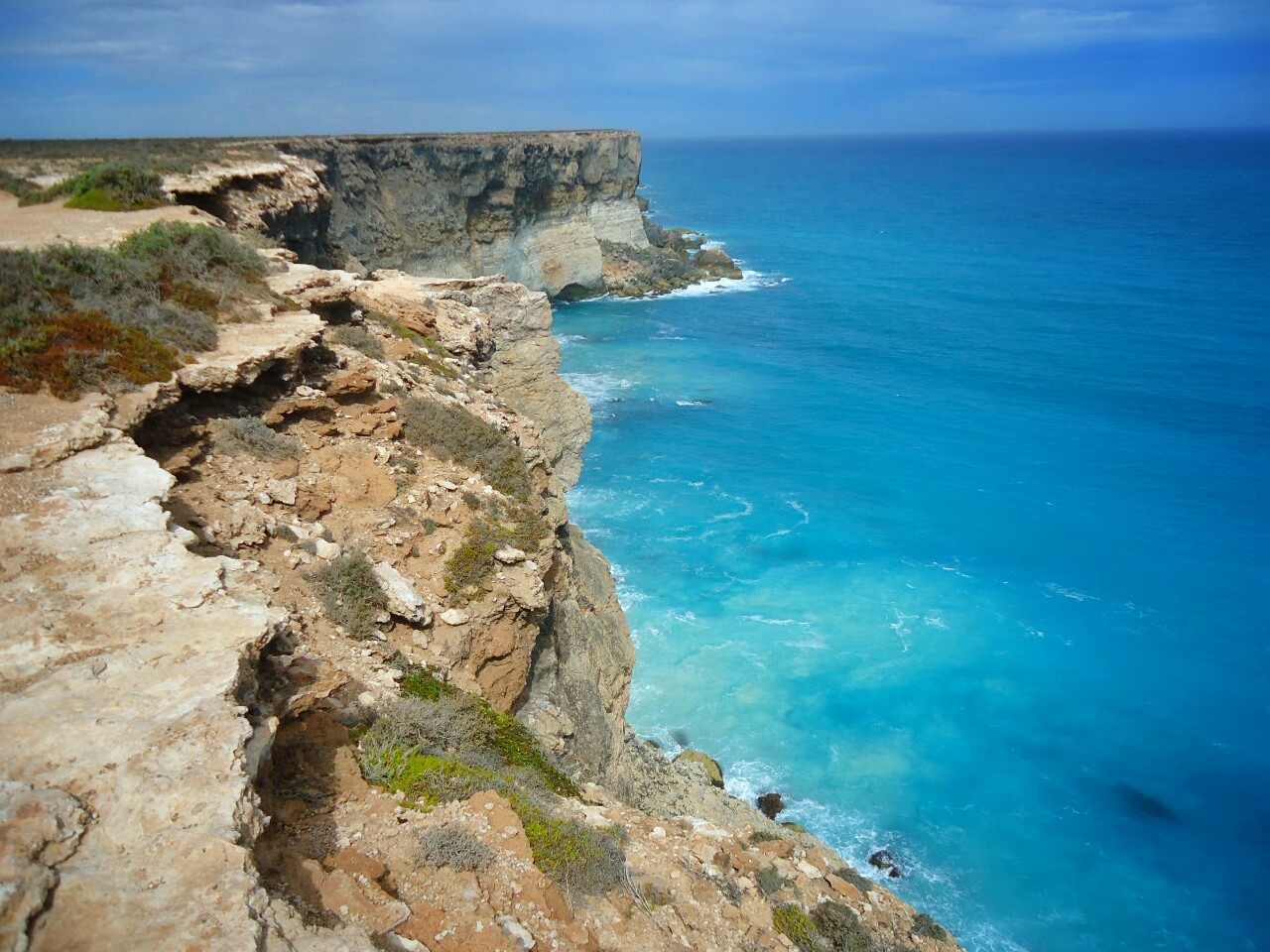
You can rent a campervans of any type or size. They have them all. But in our case, you get what you get. And we got the largest one on the parking lot (rocket below left!)
Quickly we hit the road (on the left side of course) and soon we found ourselves on a lonely road across deserted land. It was following us the next five days.
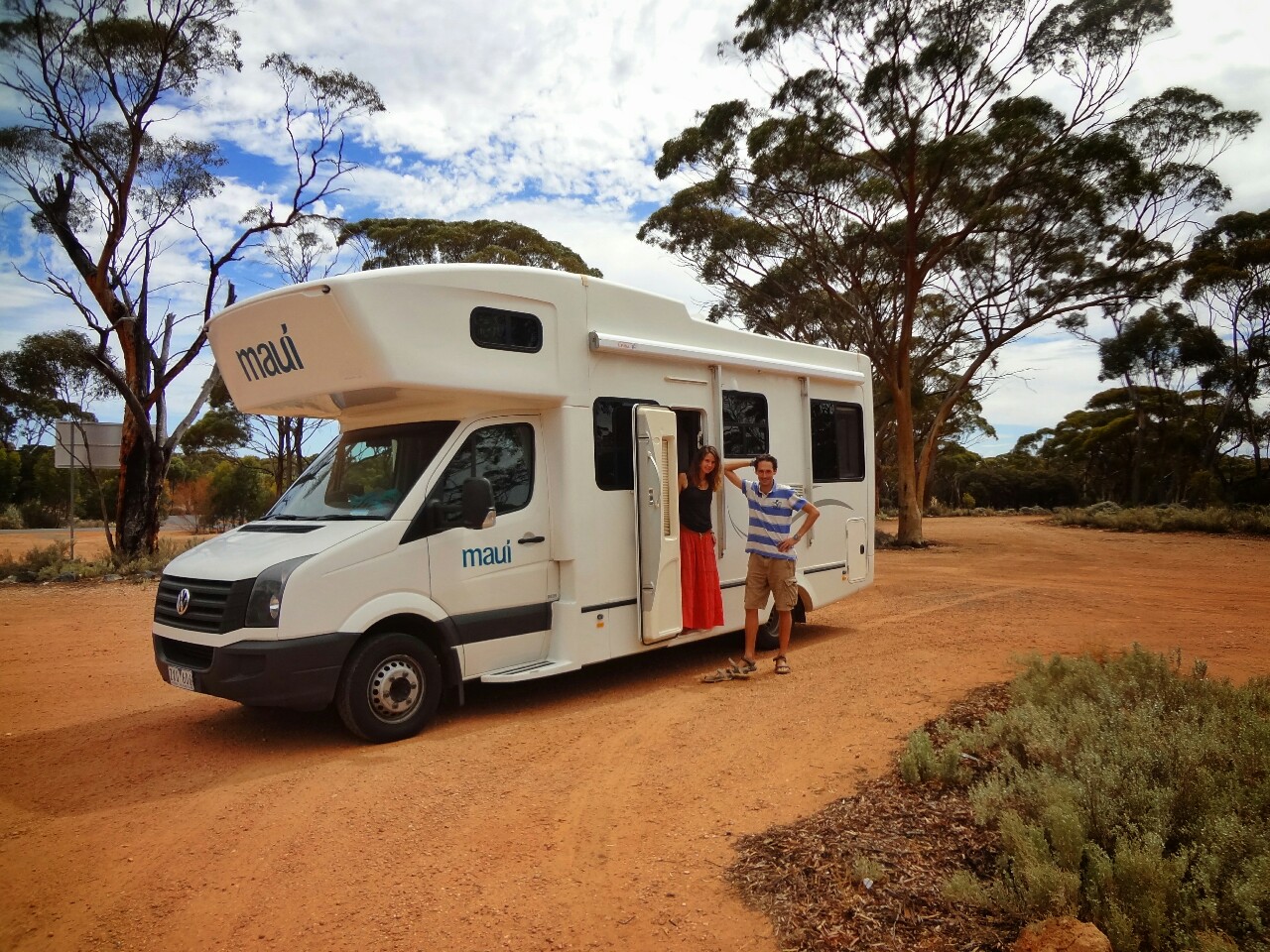
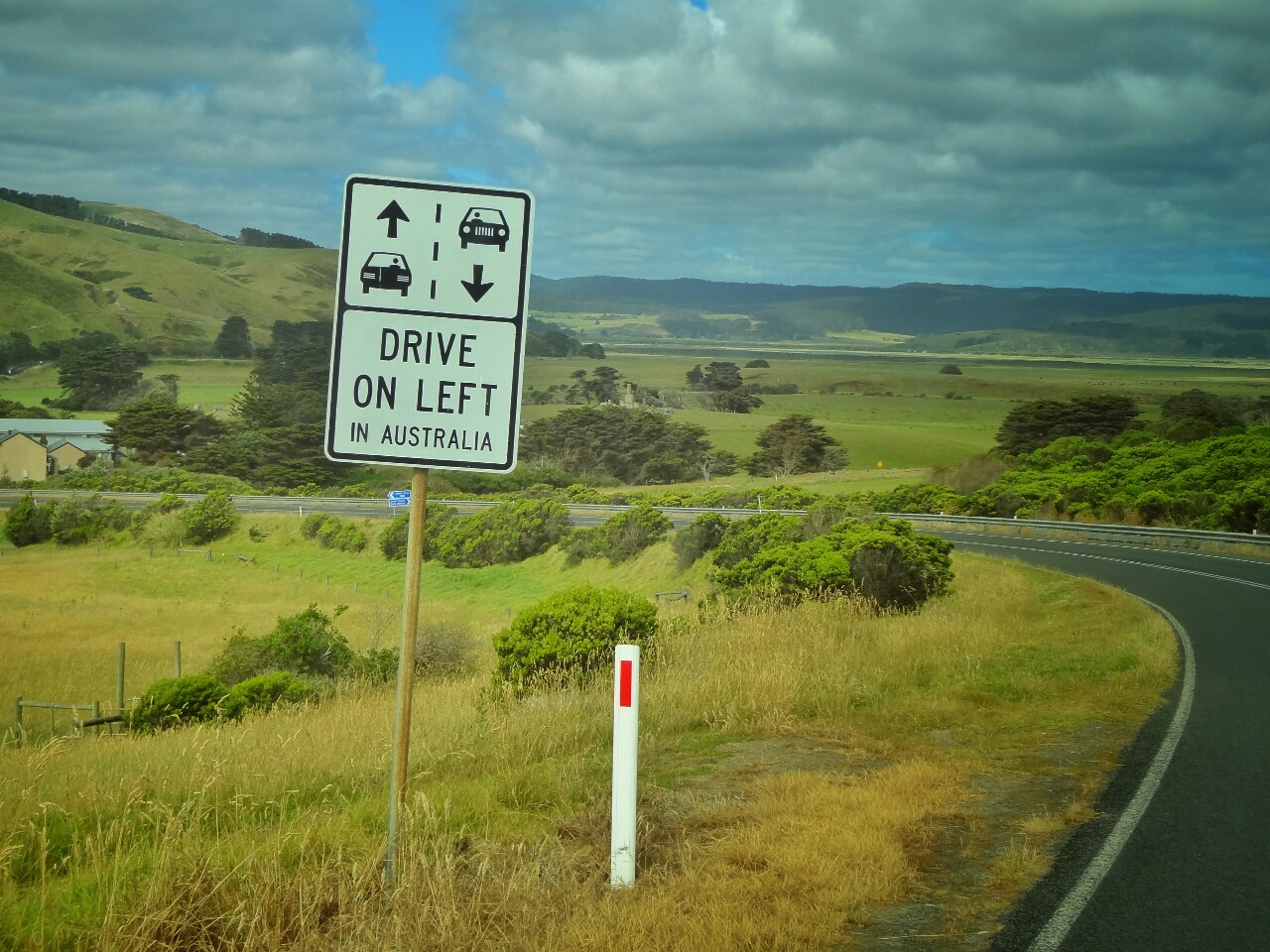
Australians have a name for areas without comodities of civilized world - The Outback. 85 percent of Australia is The Outback.
If I say such a road is borring I would be unfair. But it's true that the landscape doesn't change much. The second day we approached to a part called 90 Mile Straight. As the name tells it's a straight road, 90 miles long (more than 146 km.) This means that for next hour and a half, steering wheel becomes an unneccessary equipment in a car. (We noticed that 90 km/h is the maximum speed at which we don't have a feeling of loosing whole container from undercarriage.)
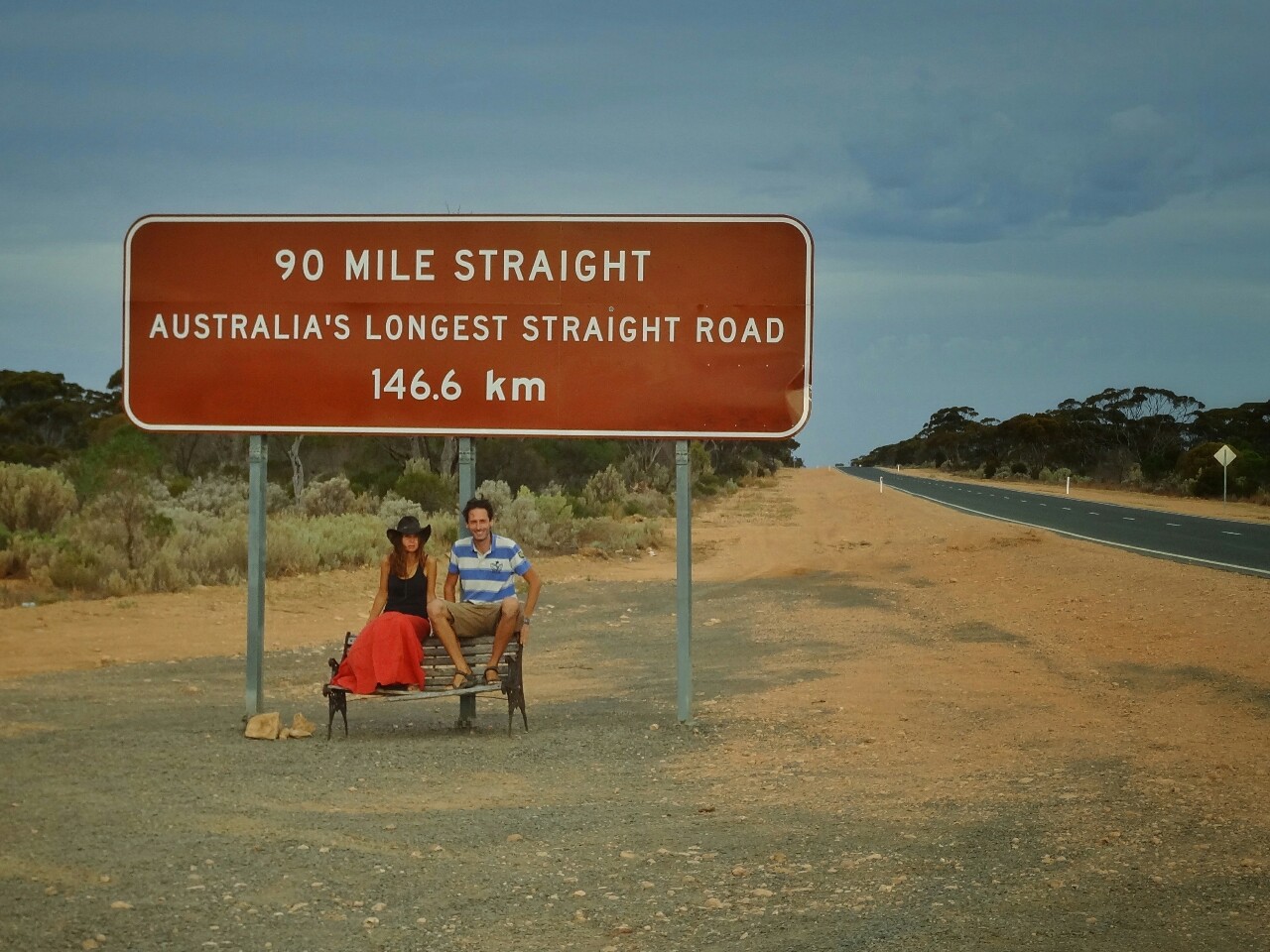
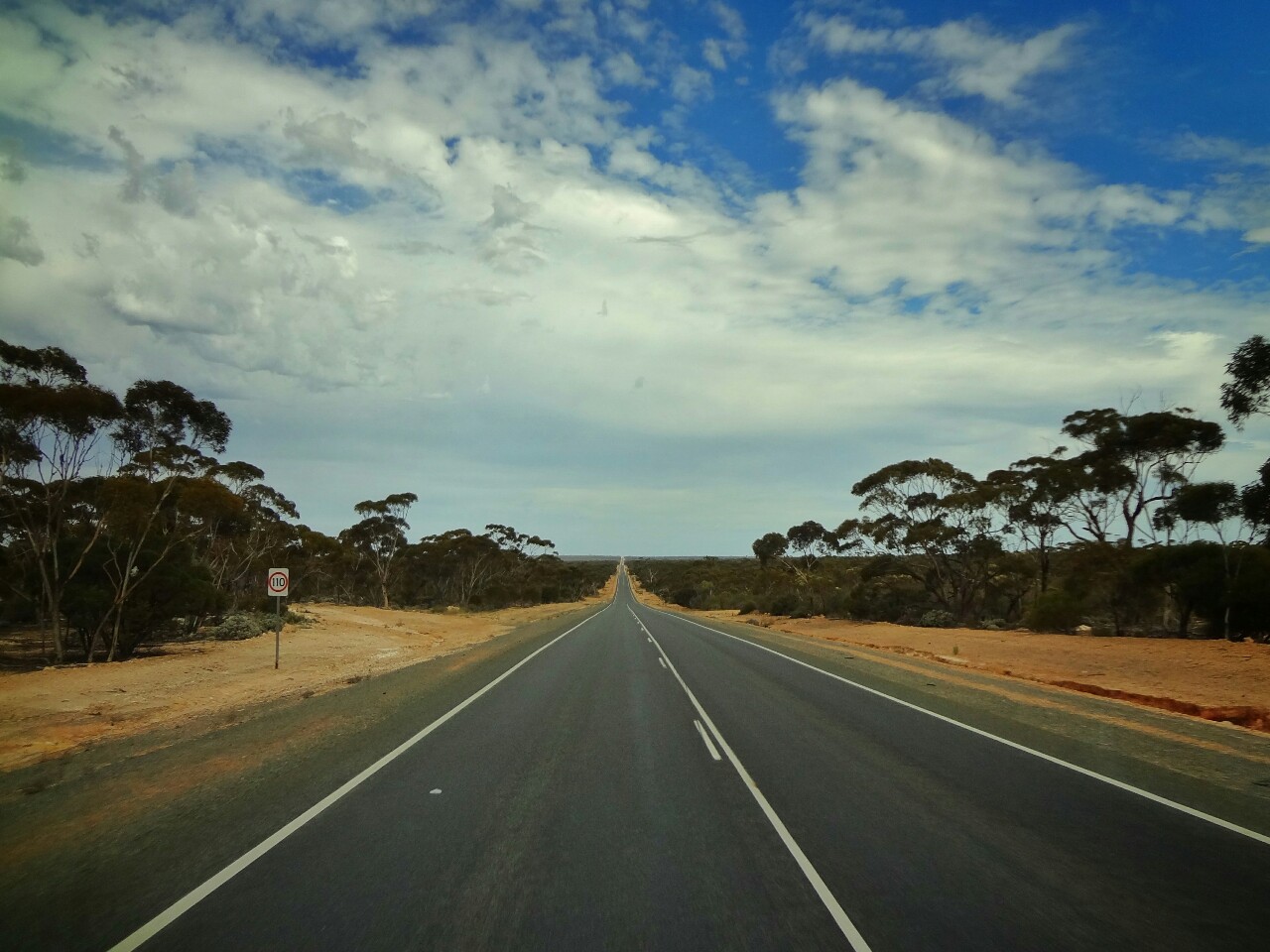
Other straights are special too. Every now and then you can see a sign warning for emergency airstrips. "Hmm, how does that look like?" you wonder. Then you realize you just drove on the runway. It's not a pedestrian crossing on the photo below right. It's the beginning of an airstrip.
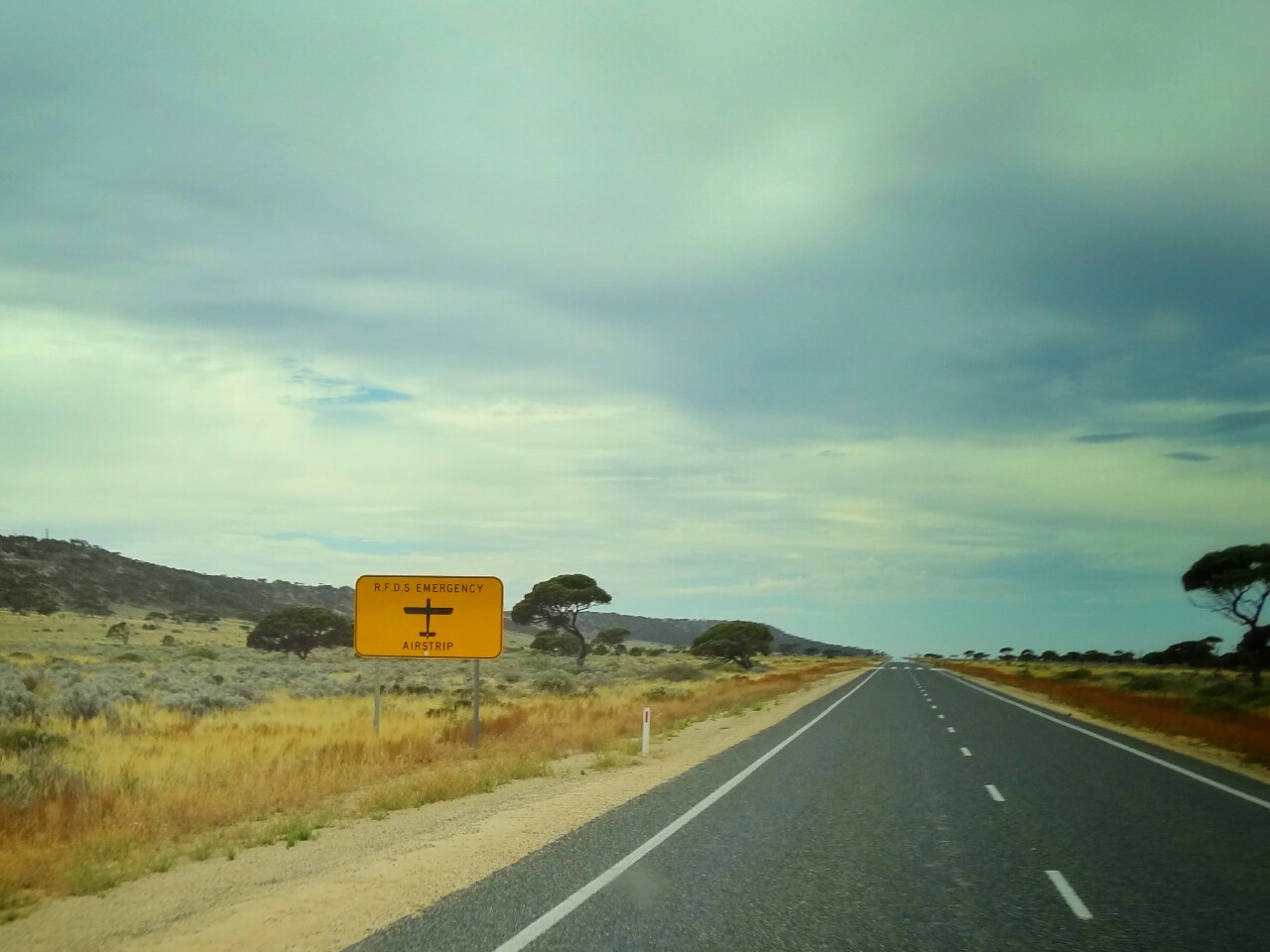
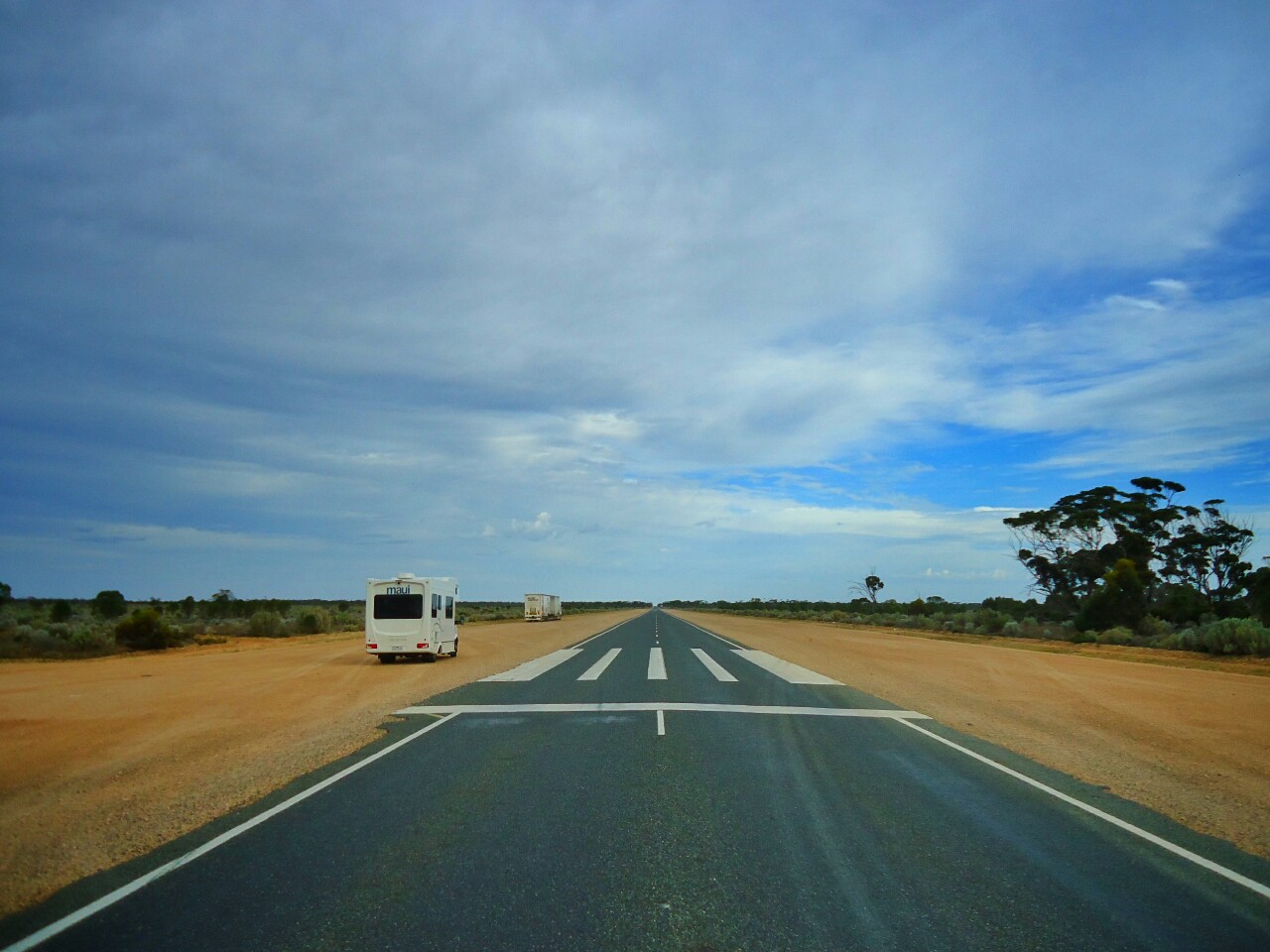
There was a GPS navigation device in a campervan. We checked the map and noticed there is a town, 200 km away. "Great," we thought, "maybe the desert is not so empty after all." After 200 km we realize this town is nothing more than petrol station, motel and the airport (careful eye can find an airport with three runwys in the distance of photo down left.) Such and similar towns we're the only ones we've seen in the next days.
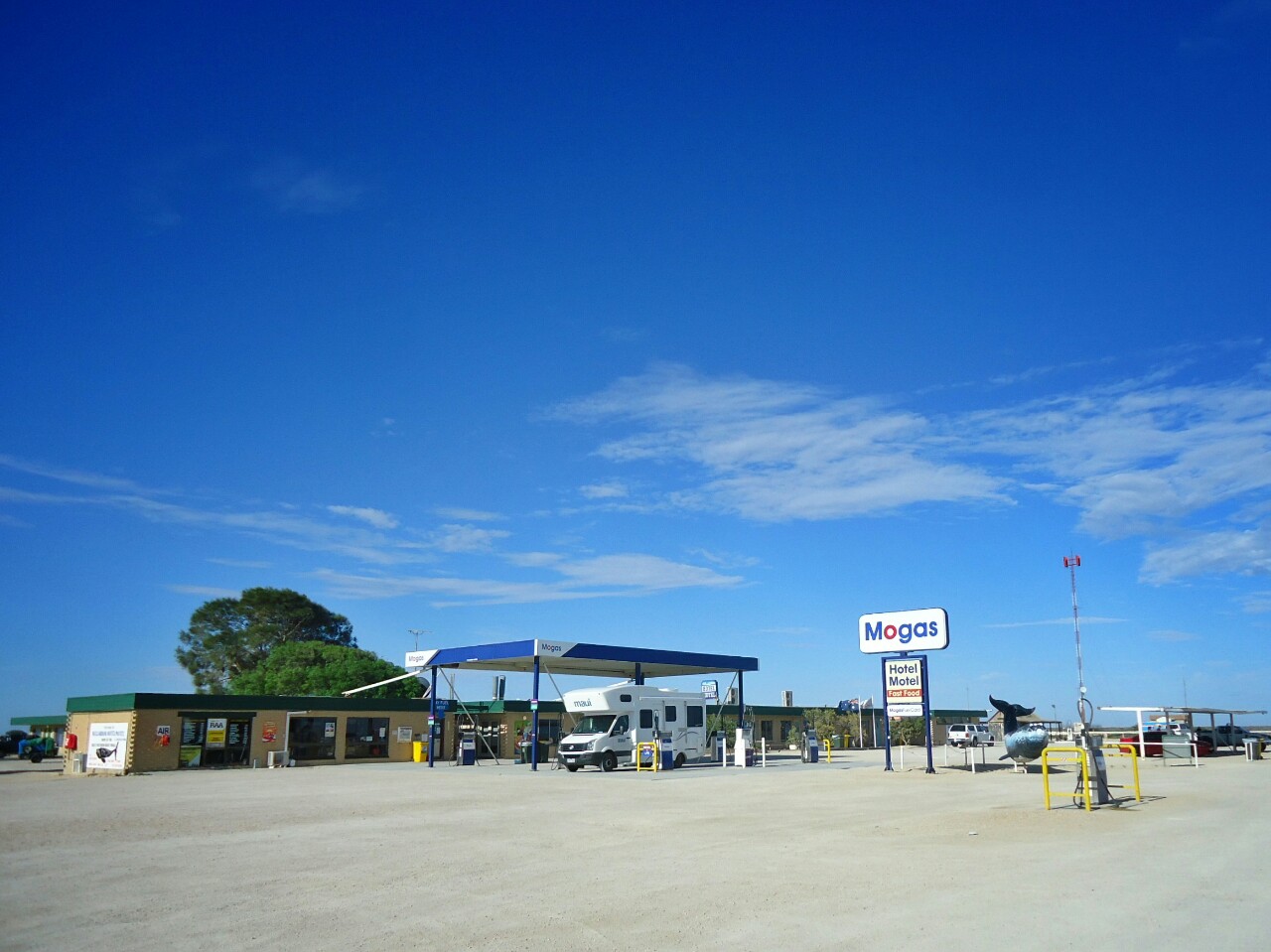
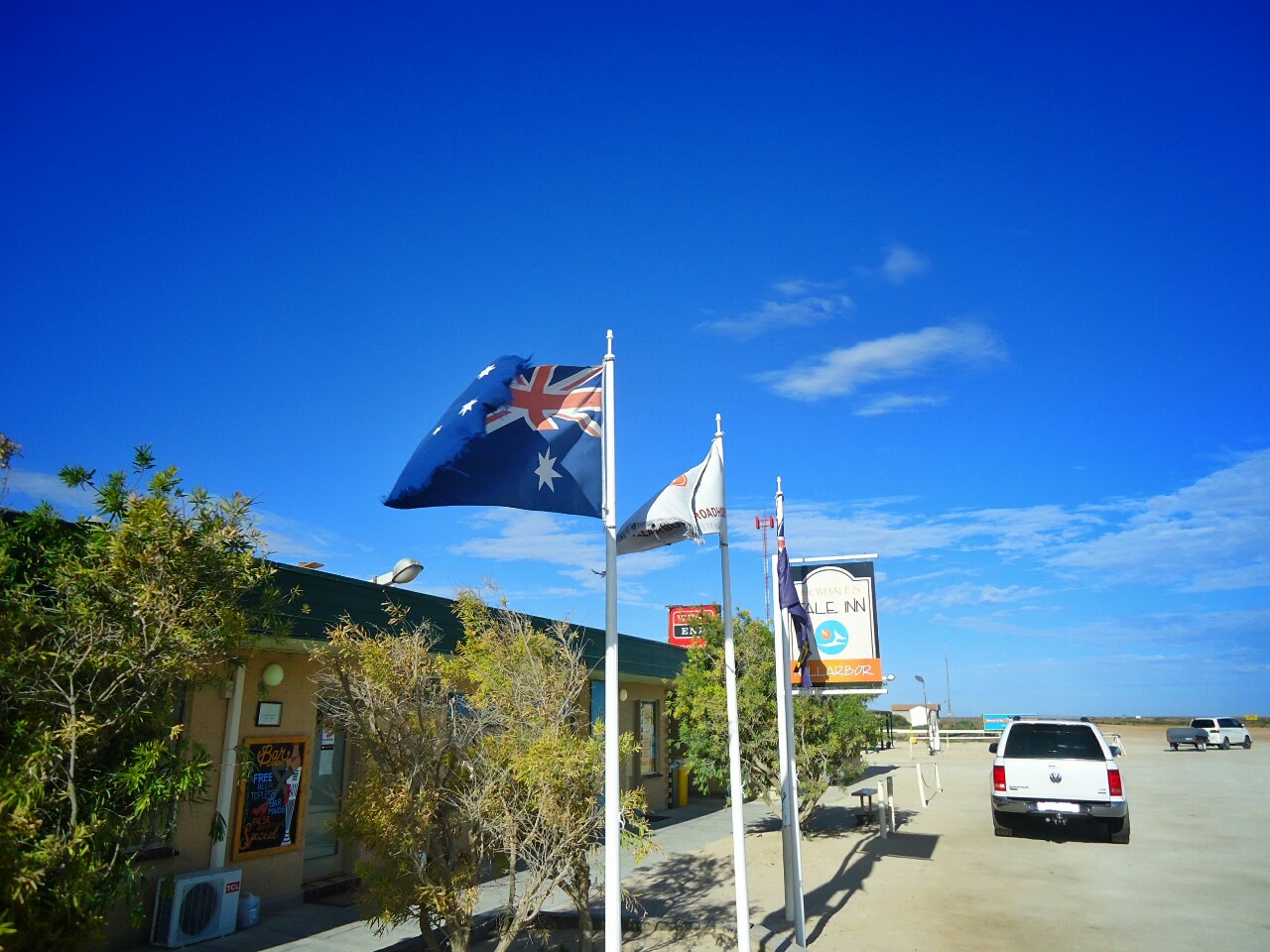
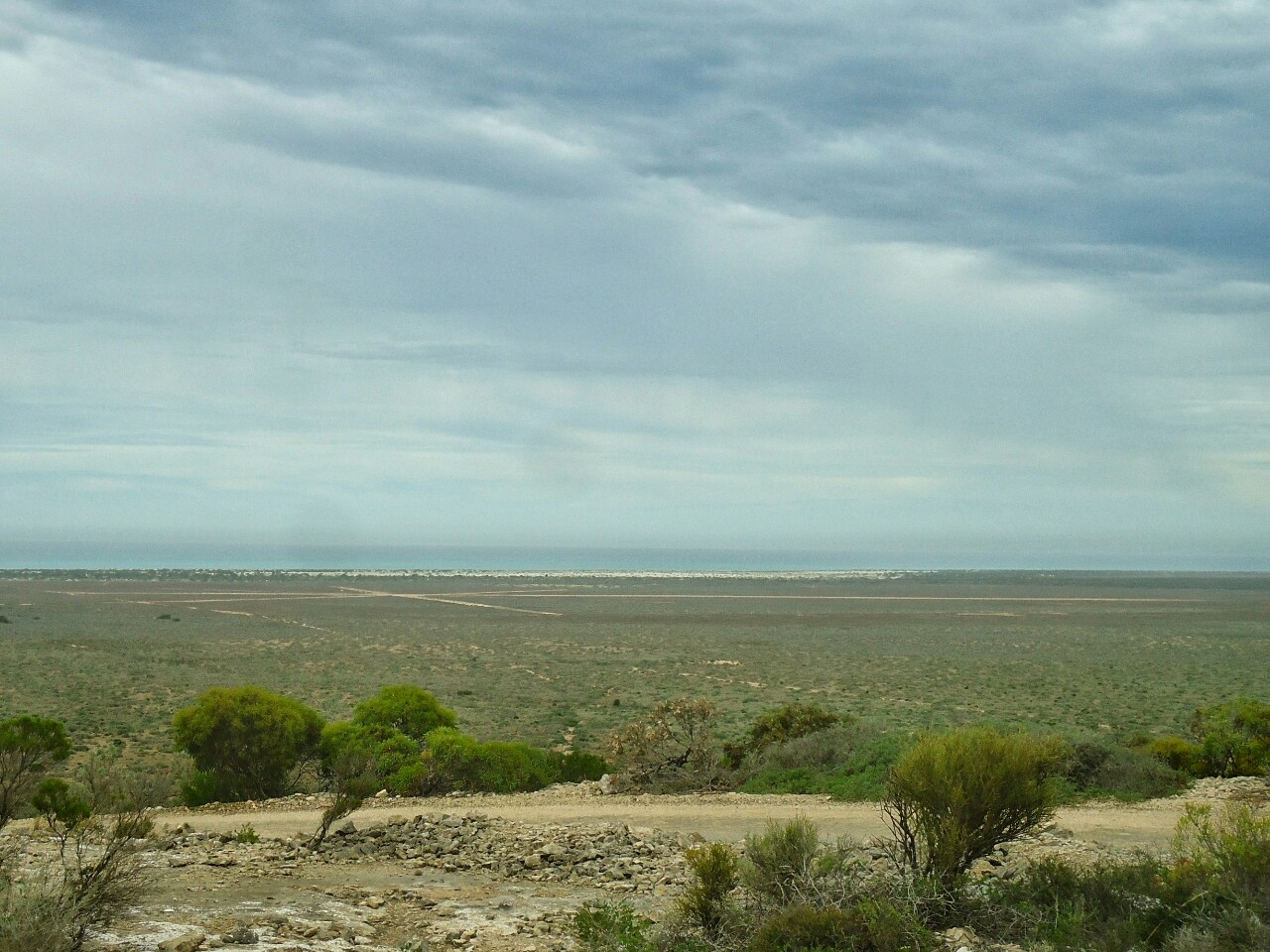

The second thing we were seeing were Road Trains - trucks with more than one trailer. Most of them pull two. You can see such with three. But the law permits up to five trailers. You don't want to crash into such a truck!
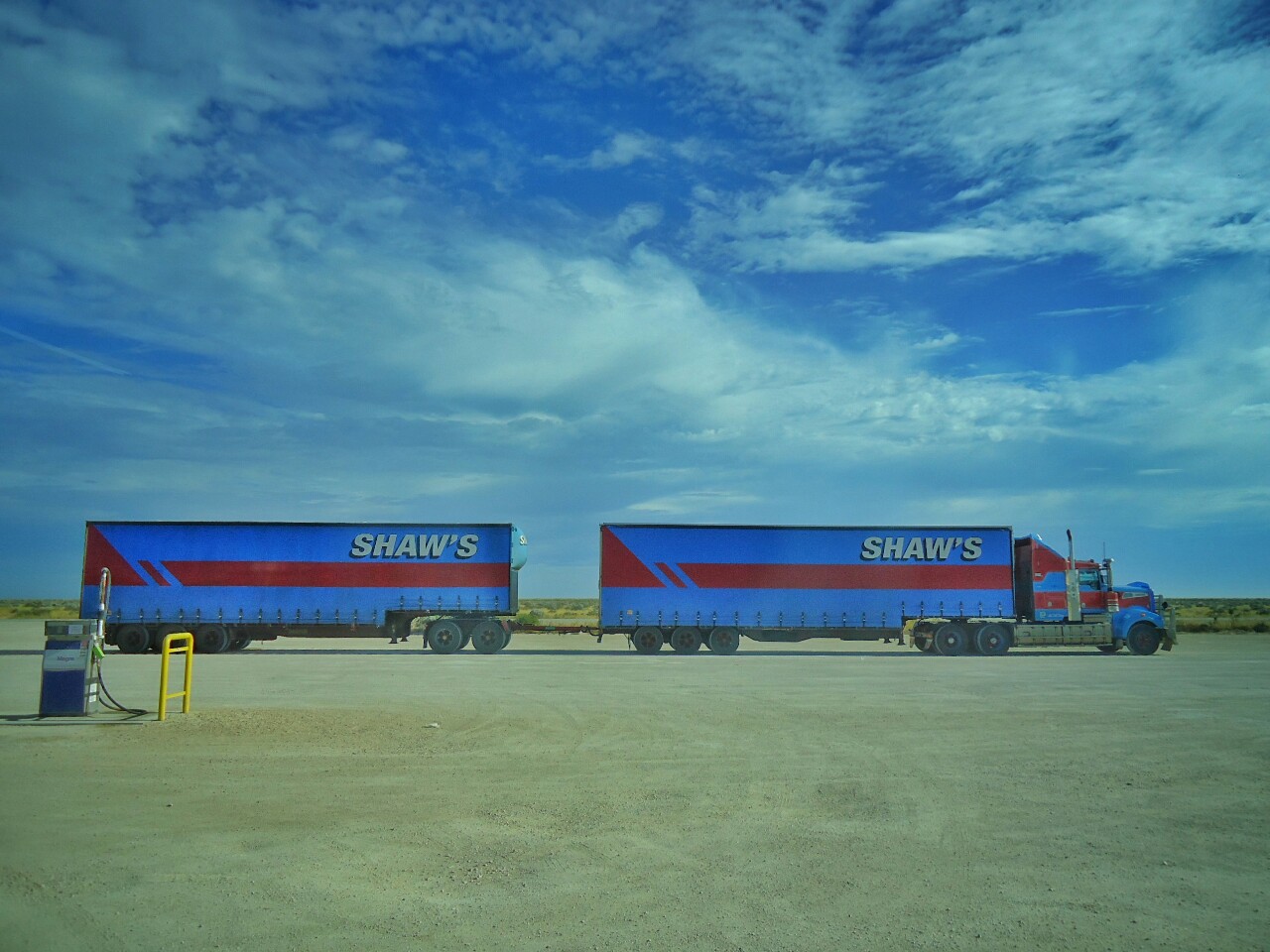
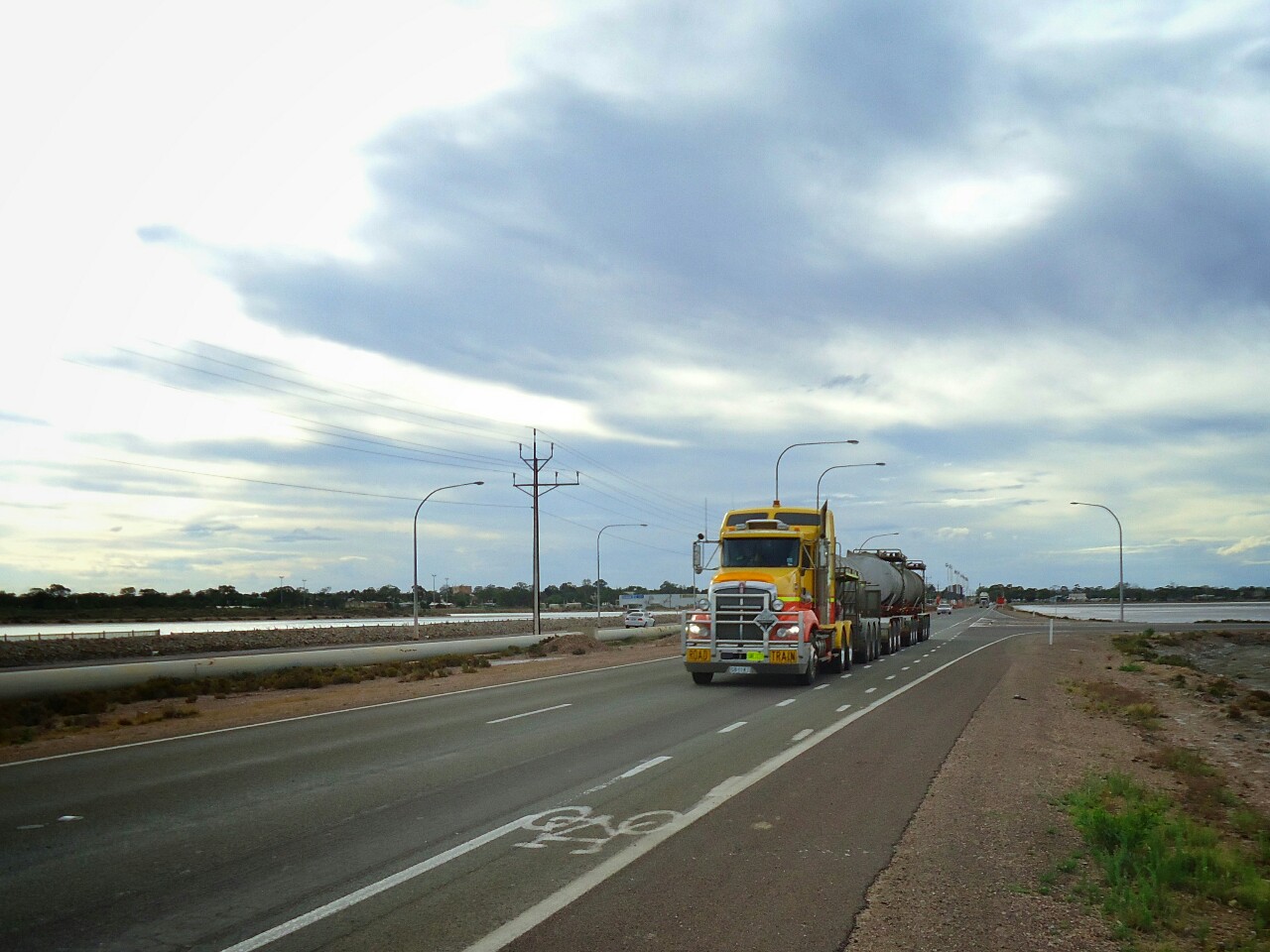
Highway we choose to take, carries the name of Edward John Eyre - the first man, who crossed this distance. If I say this happened not sooner than in the middle of 19th century, we get a feeling how unfriendly this environment is for life. Eyre had to cross Nullarbor - deserted plain without even one tree and the largest piece of limestone in the world. We are talking about area of ten sizes of my homeland. When you mention you crossed a Nullarbor, you earn a respect from locals in Australia.
Most of the time we were following southern coast. It's also popular because of the whale watching. Unfortunatelly the season wasn't right. The only whale we saw was plastic :) It was in Eucla. That time we already had three days of driving behind of us, but we haven't reached the halfway yet.
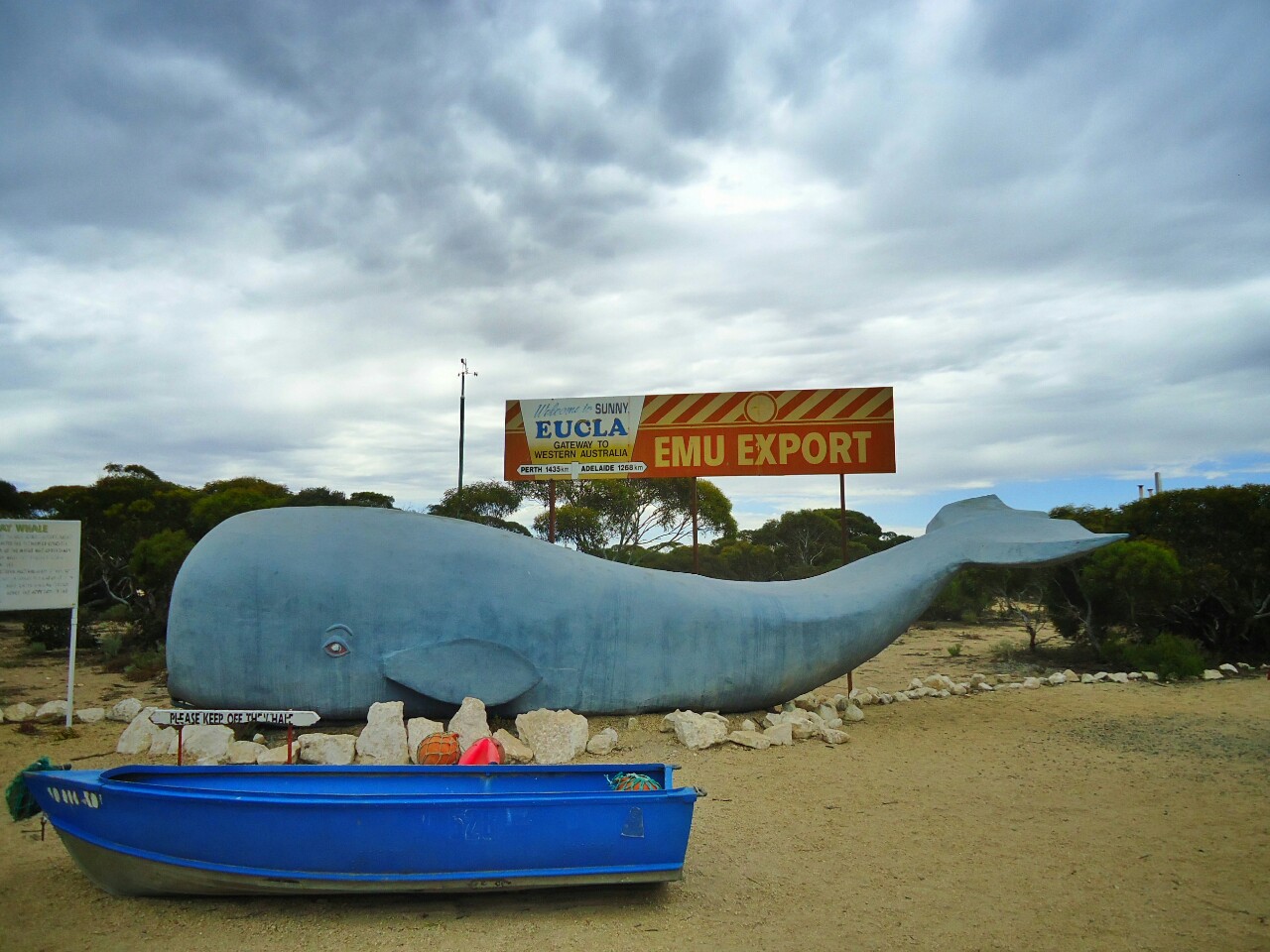
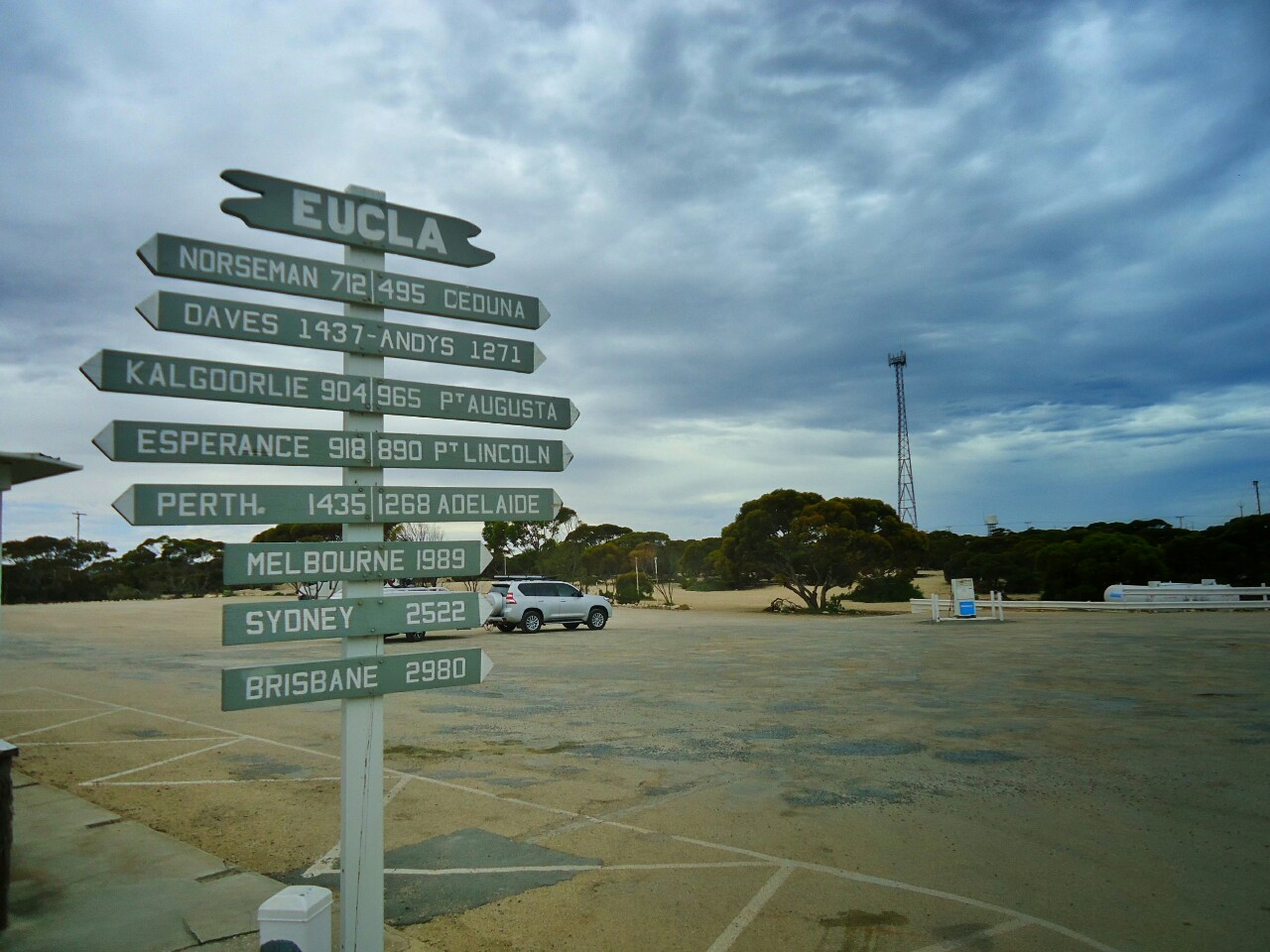
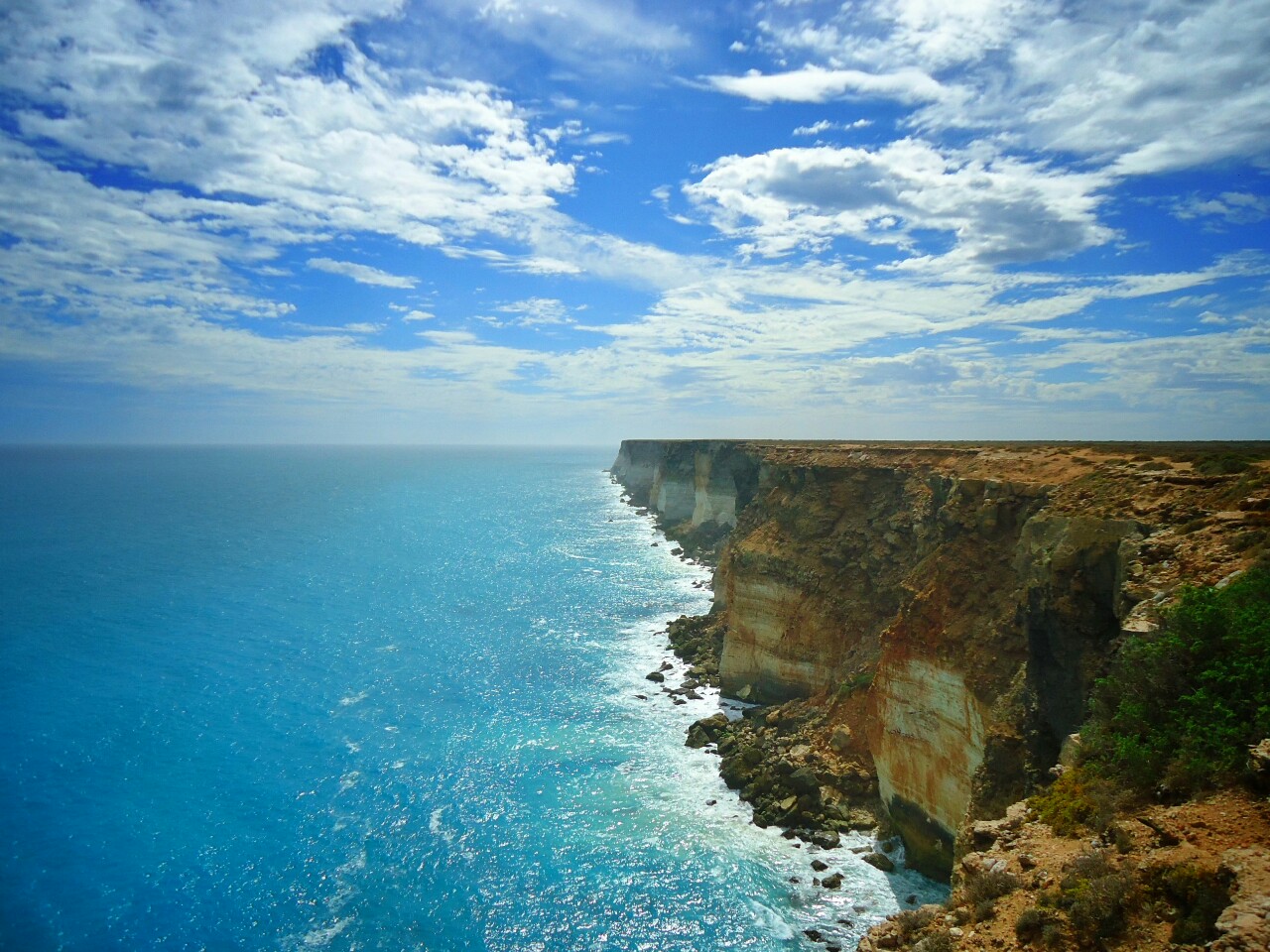
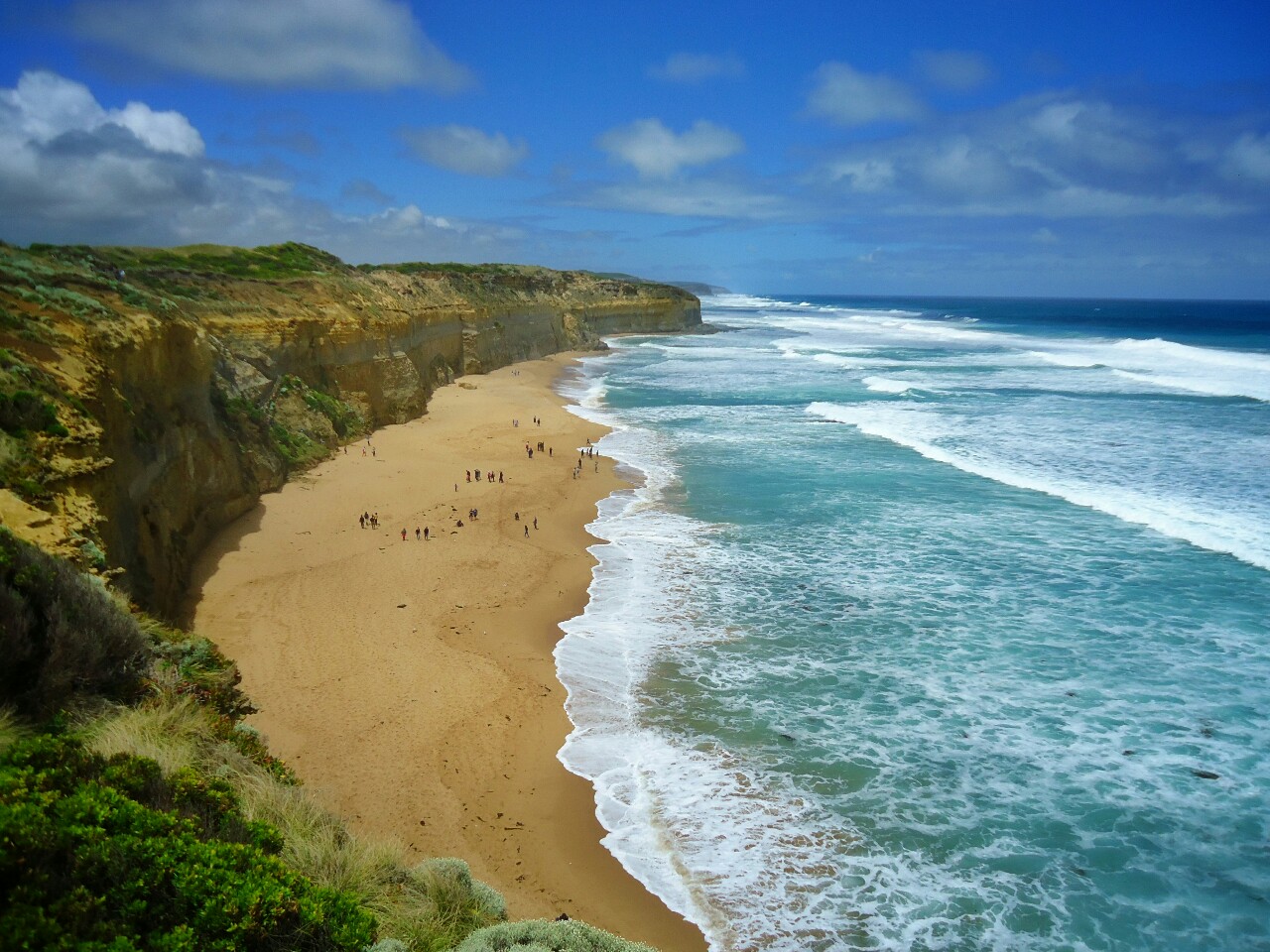
Uluru - Ayers Rock was too far from our way. We couldn't afford such a detour. However, it's always good to have a reason to come back. But we didn't missed a chance to check out Pildappa Rock. It's much smaller than famous relative, but it offers a nice view from the top.

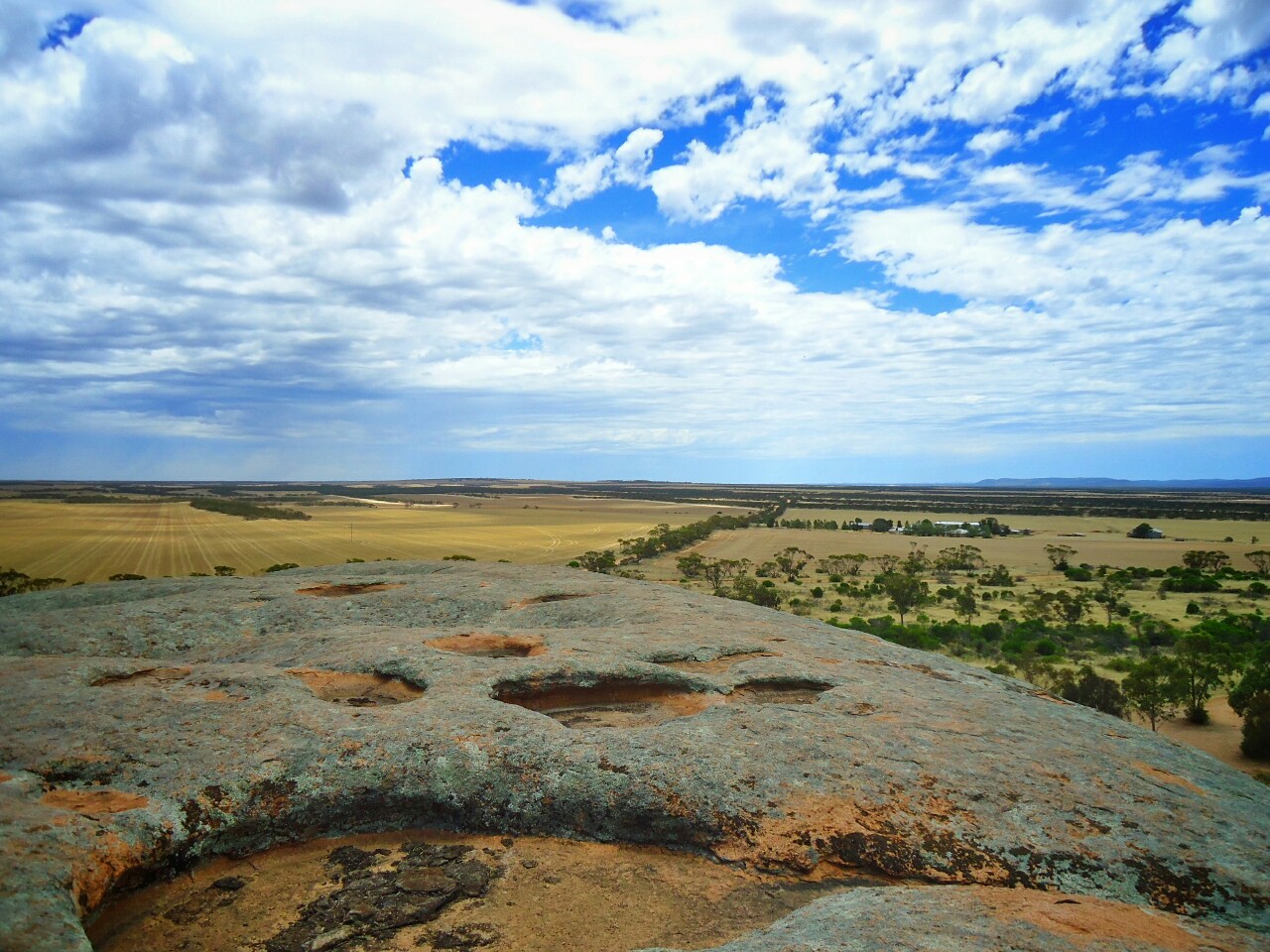
The road was lonely but every now and then we met a car coming from the other direction. I don't exaggerate if I say 99% of traffic represented road trains and different kinds of campers. And when I say different kinds I mean also those cool, even bigger and more beautiful than ours :)
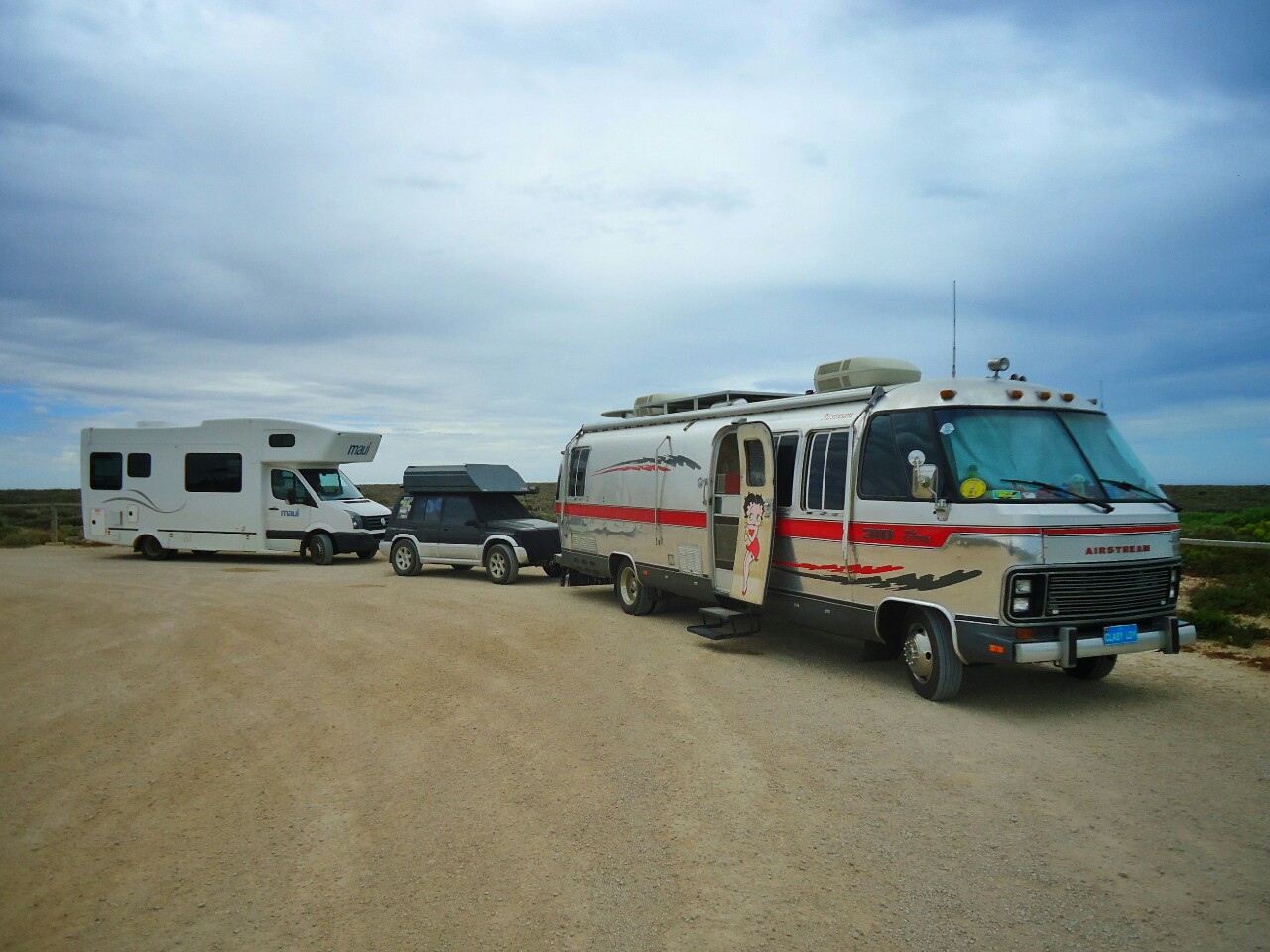
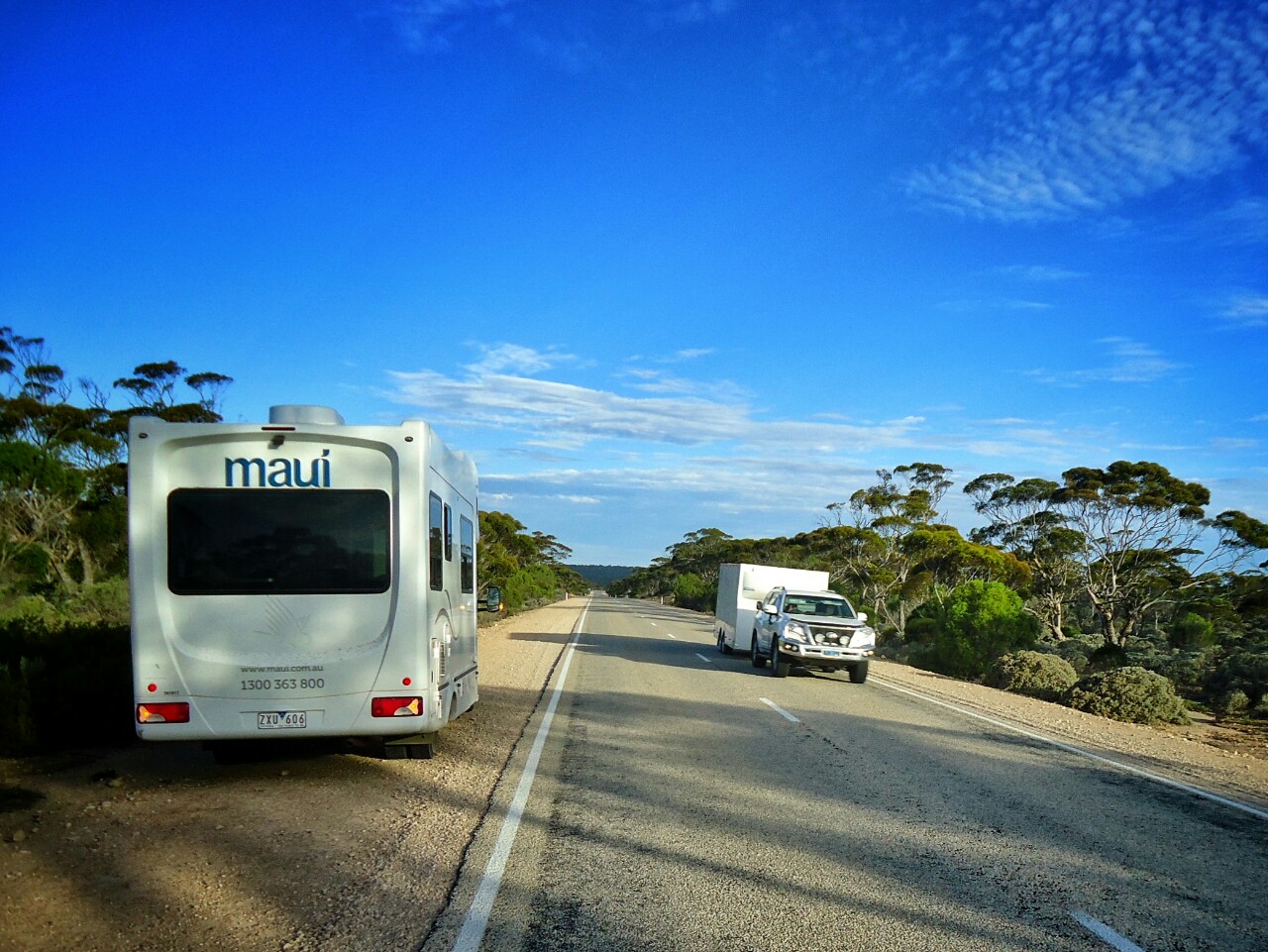
Then we passed Port Augusta and our path turned a bit more southwards. For a moment we stopped in Adelaide. Yes, we were back to civilized world. Also the landscape changed. It became more green. In front of us was not only one road any more. We rediscovered intersections and with them sideroads. These can be very narrow and happen suddenly :)
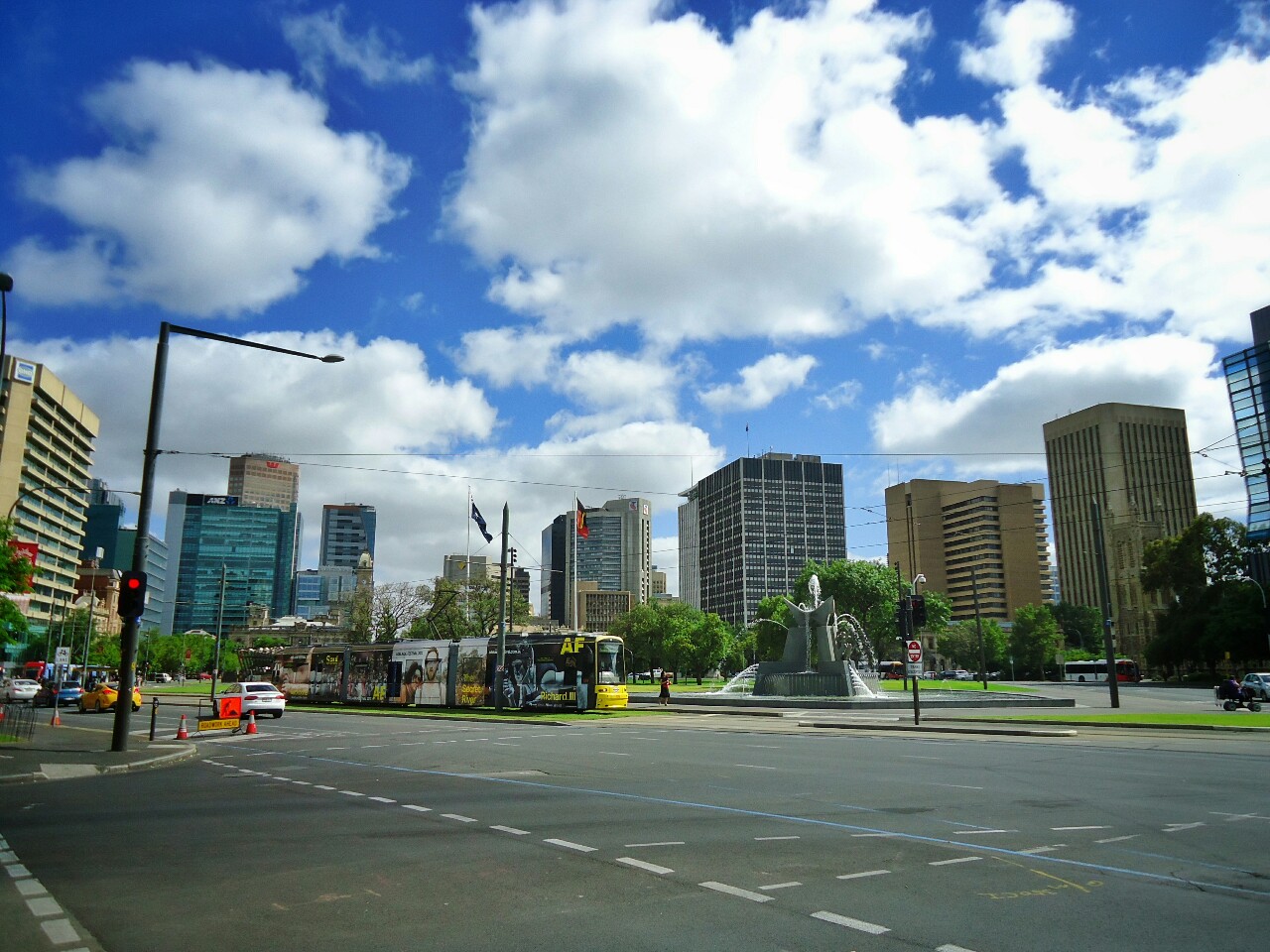
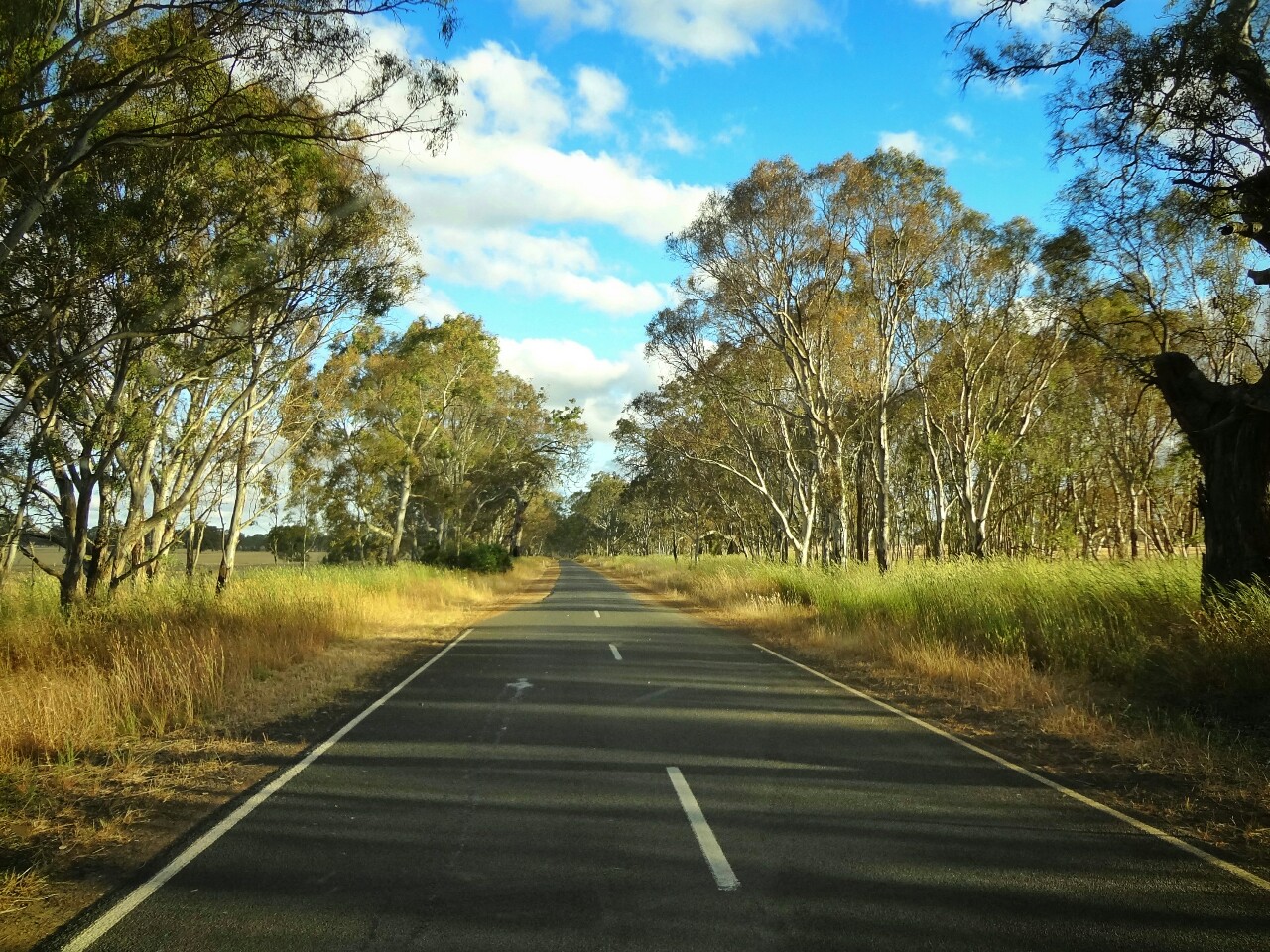
We haven't met so many campers any more. Now we noticed hippies...
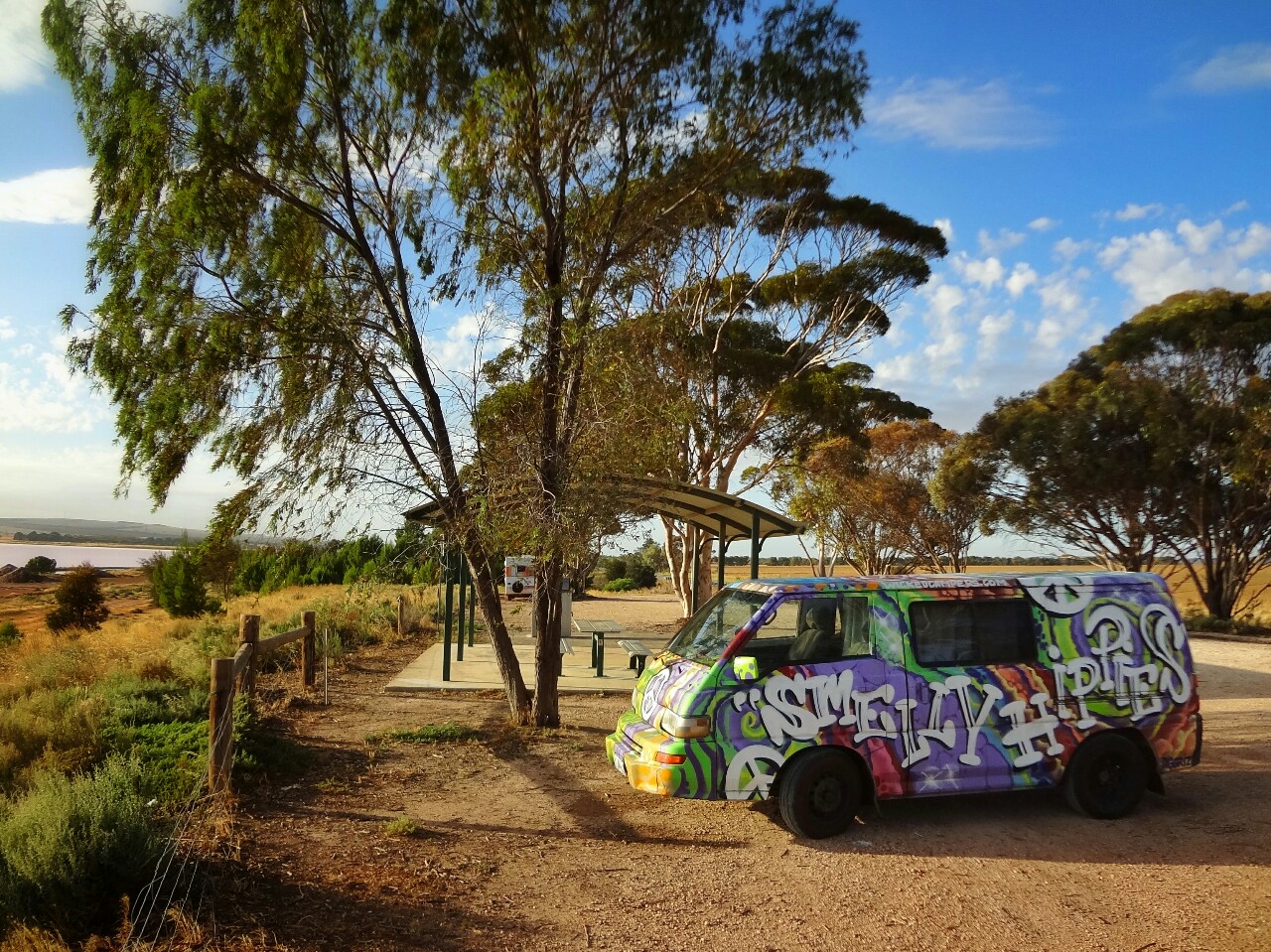
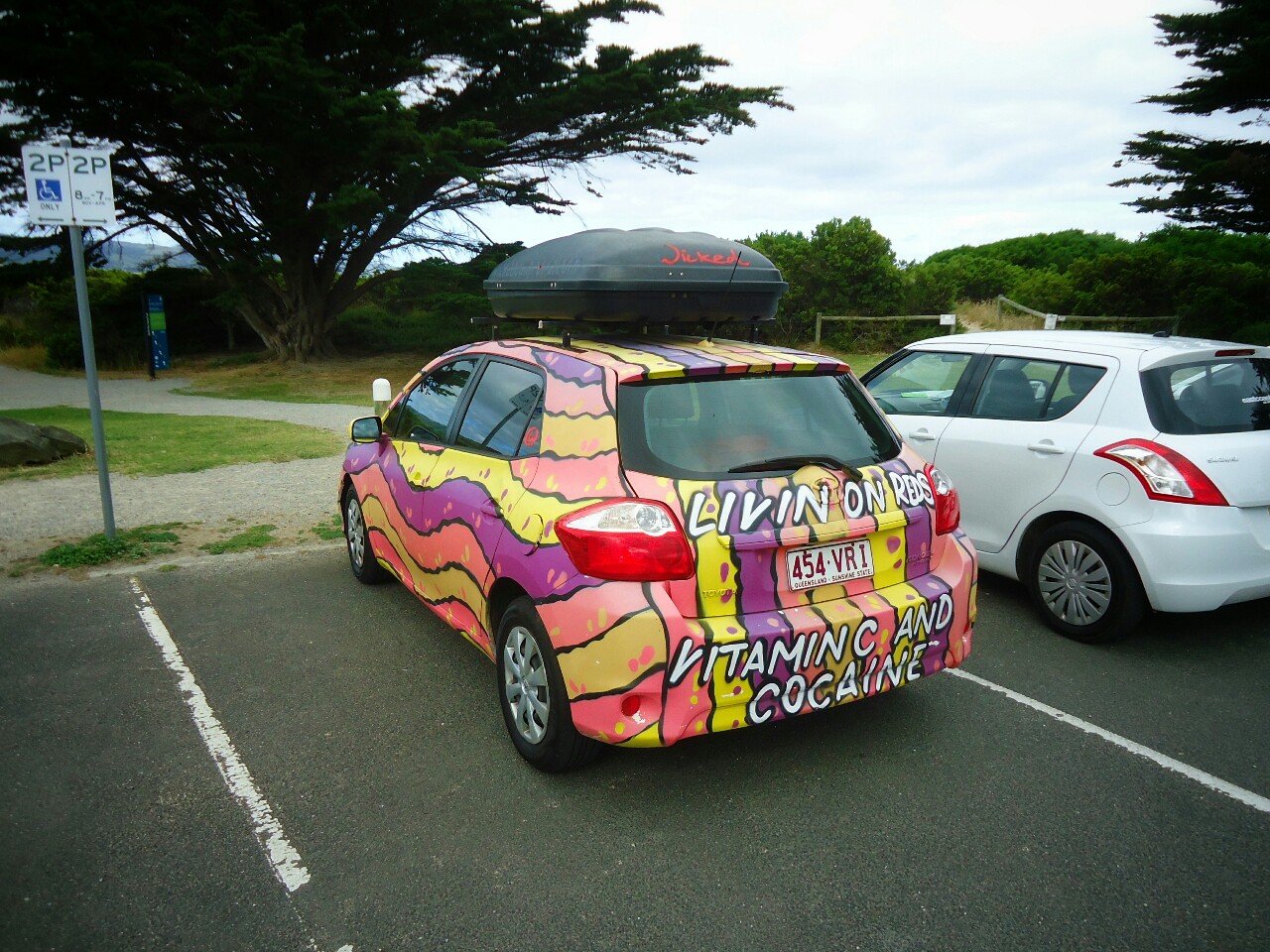
And the main award after five days of driving from dawn till dusk was.....another road - Great Ocean Road. It's 250 km of asphalt that winds on, besides and under the cliffs of southeastern coast.
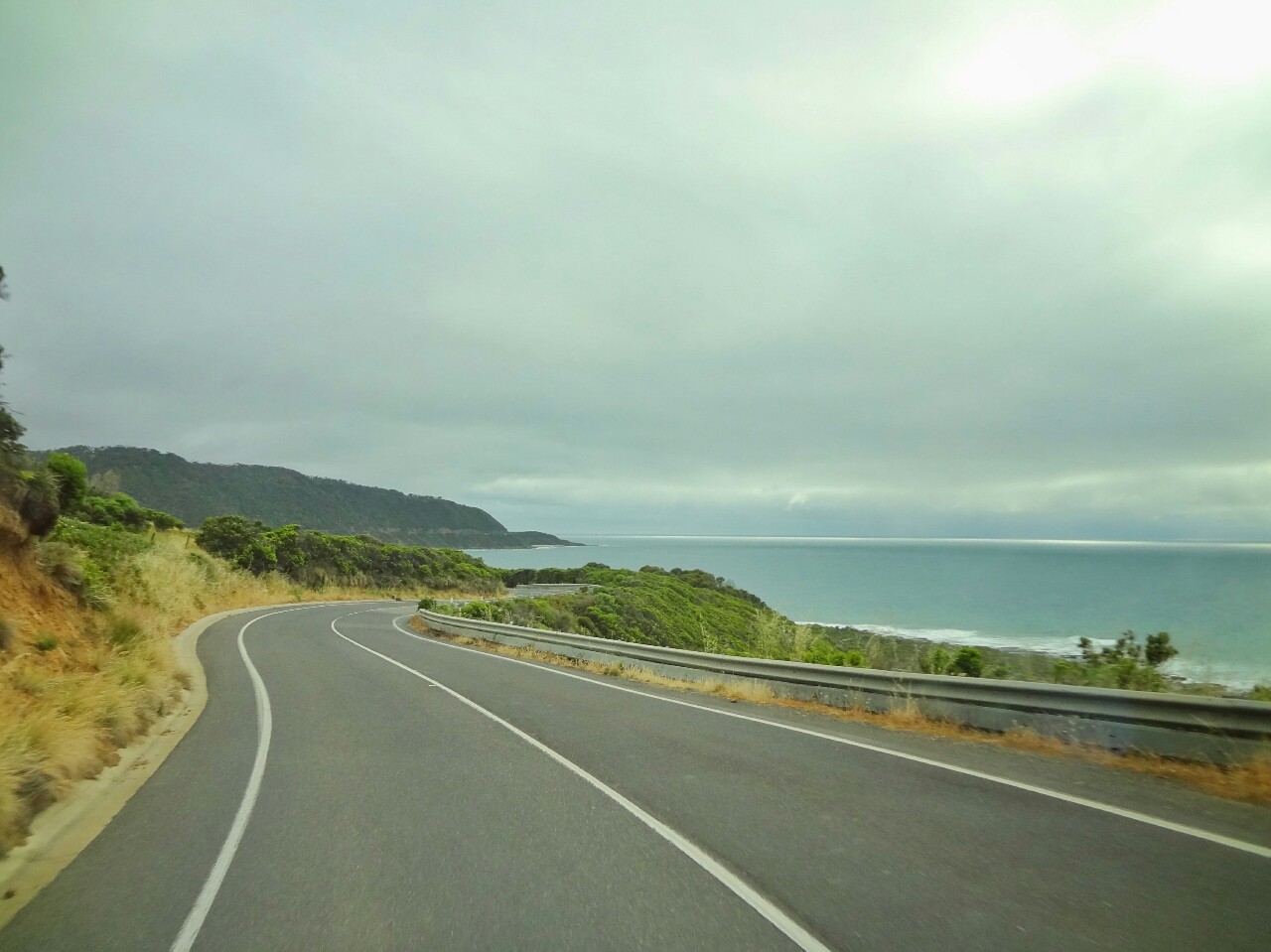
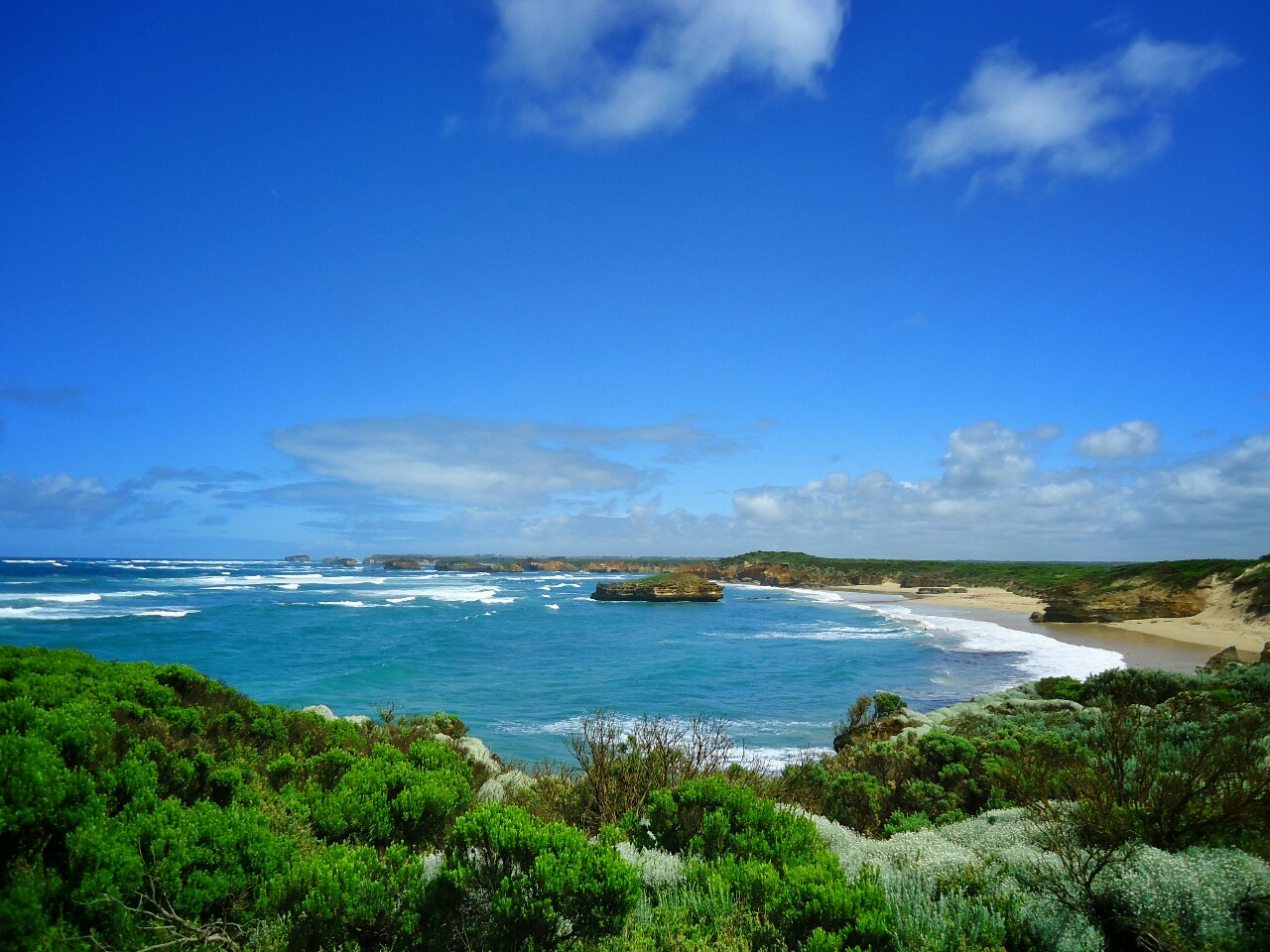
It's leading attraction - Twelve apostles. Numbers doesn't seem to fit, but it's eight limestone rocks sticking out of the water. Limestone and water are passionate, self-destructing combination. By the same reason they were created, they are decaying too. It might happen they become history in the time of one human life. The ninth collapsed in 2005.
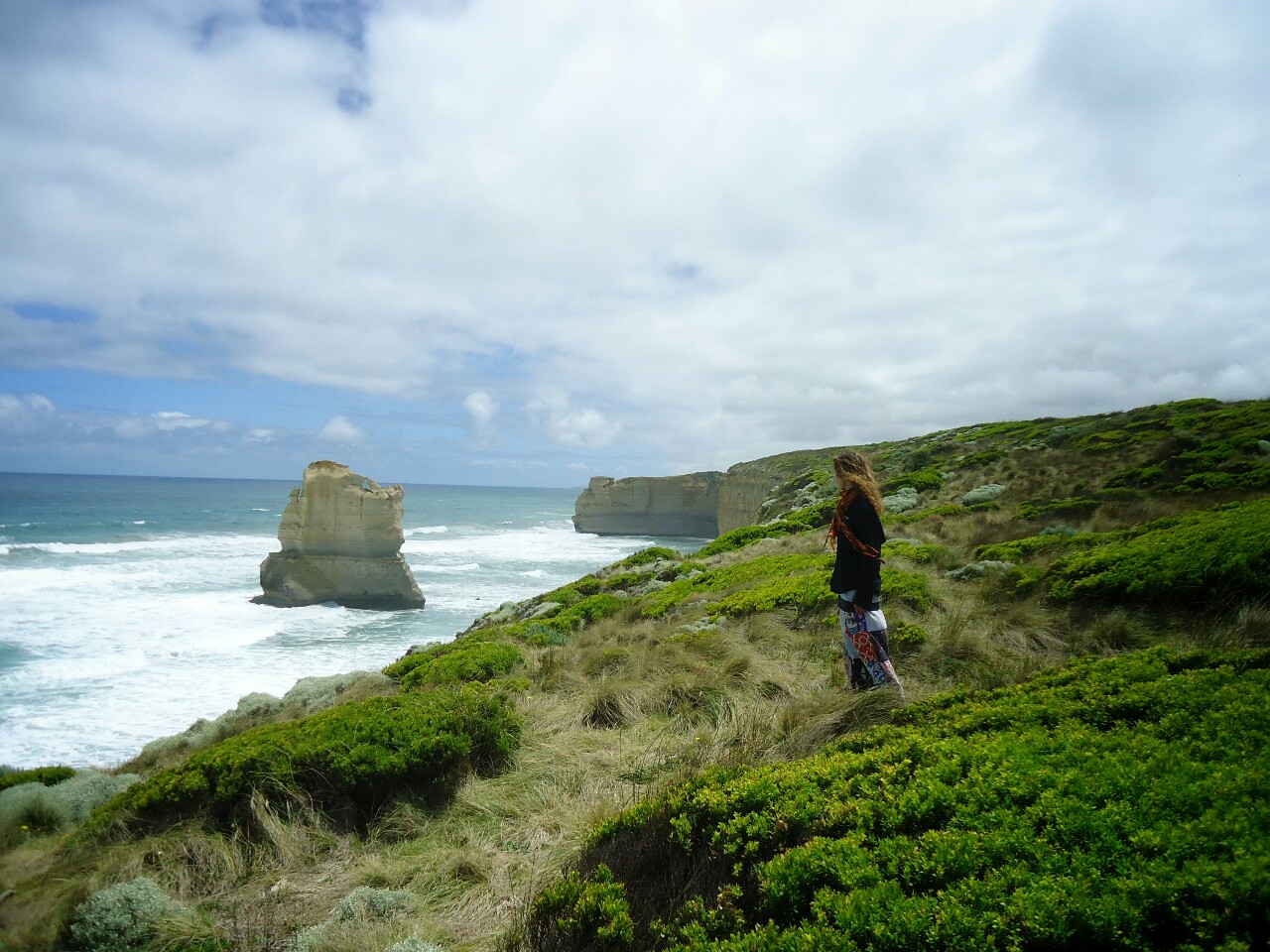
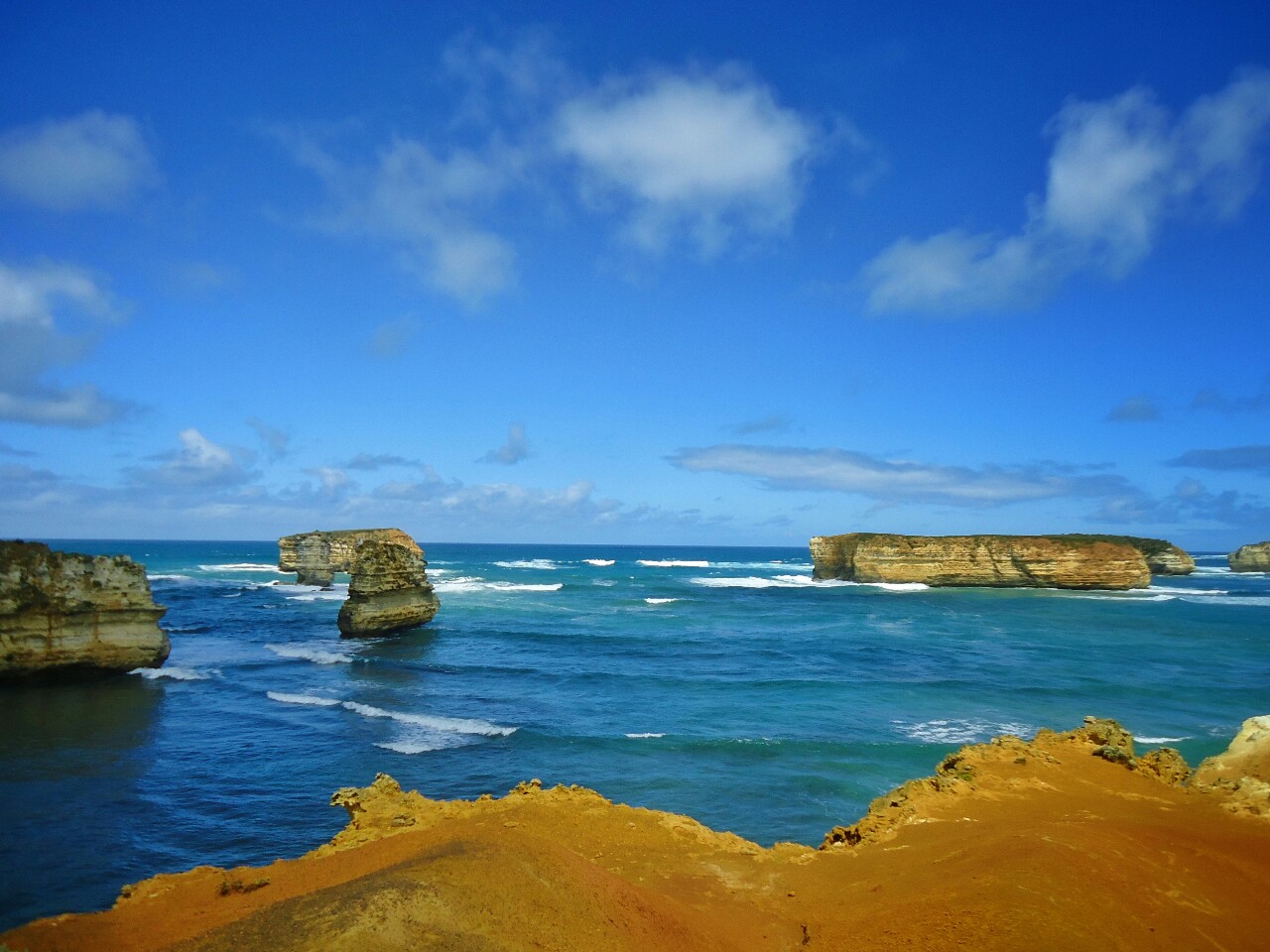
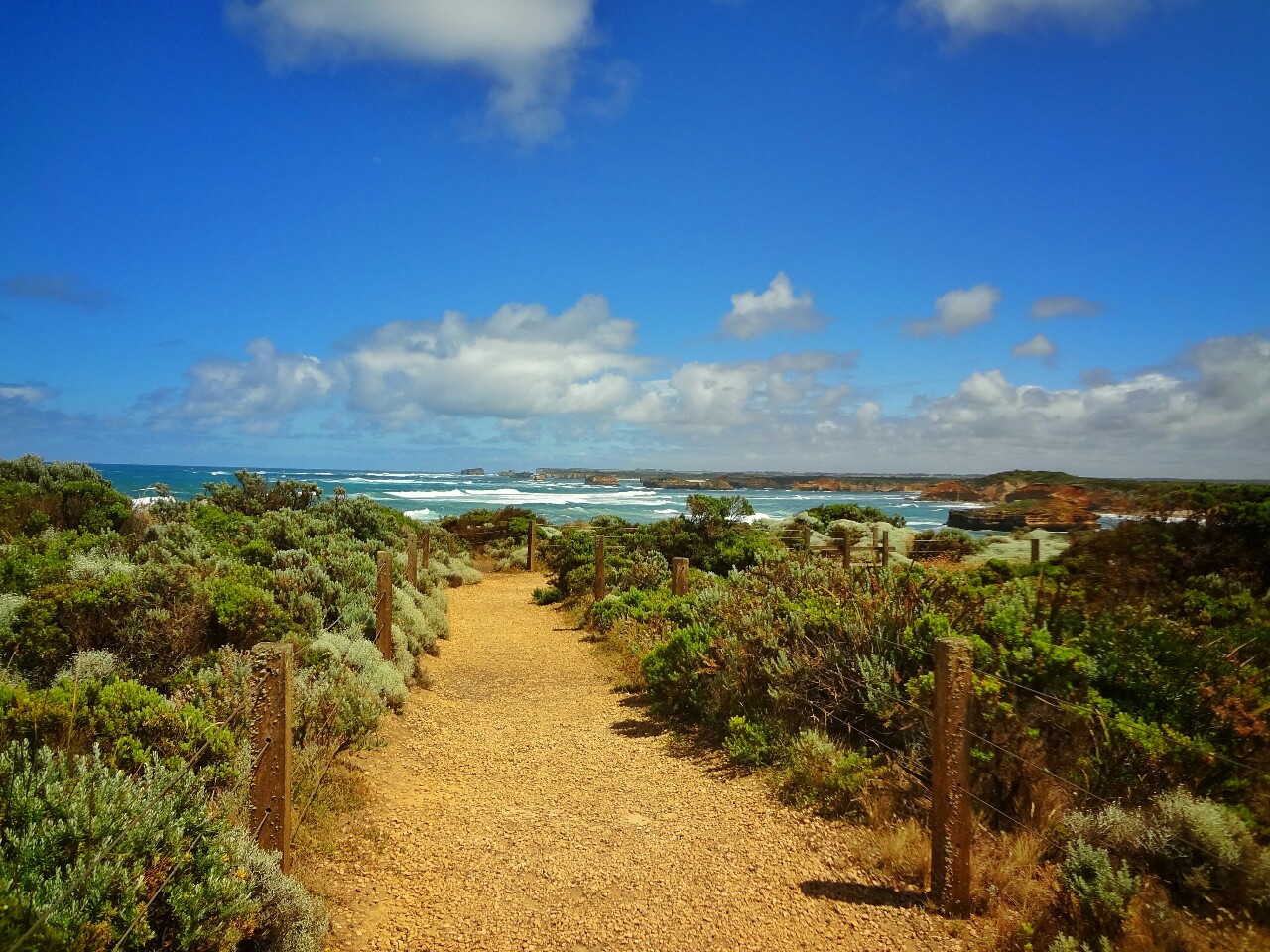
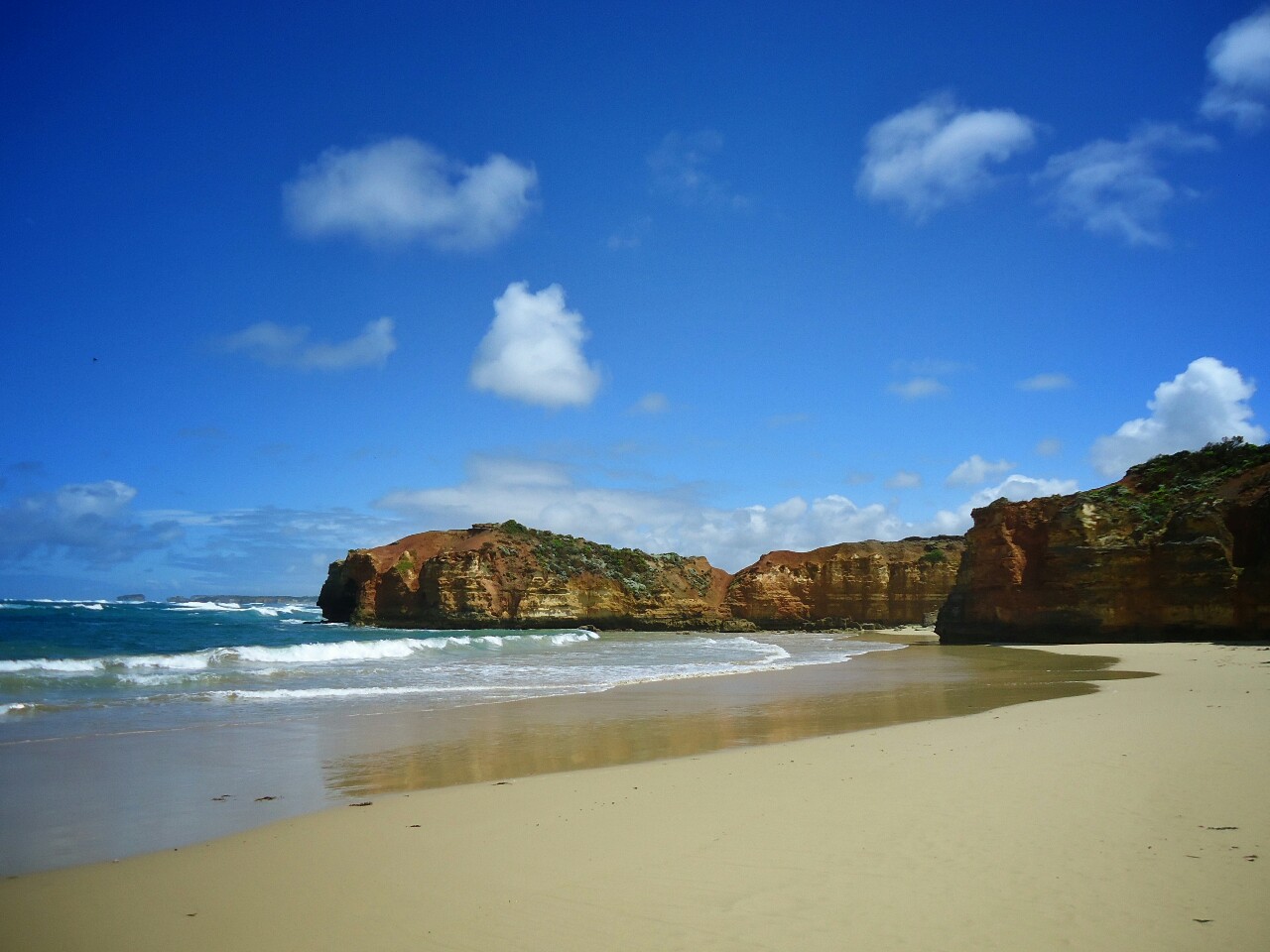
From there to Melbourne we had only a couple more hours. Just when you get used to a living on the wheels, when you find out all the hacks, it's over :(
Well, every ending is a beginning of something new, and changes are becoming our only constant.
Thanks for reading. I you find this article interesting or useful, don't forget to share it with your friends. Using buttons below you can publish it on popular social networks
We'll be happy of any response. Positive or negative :) Please contact us using contact form and express your opinion, ask question or share you experience, suggestion, complaints...





